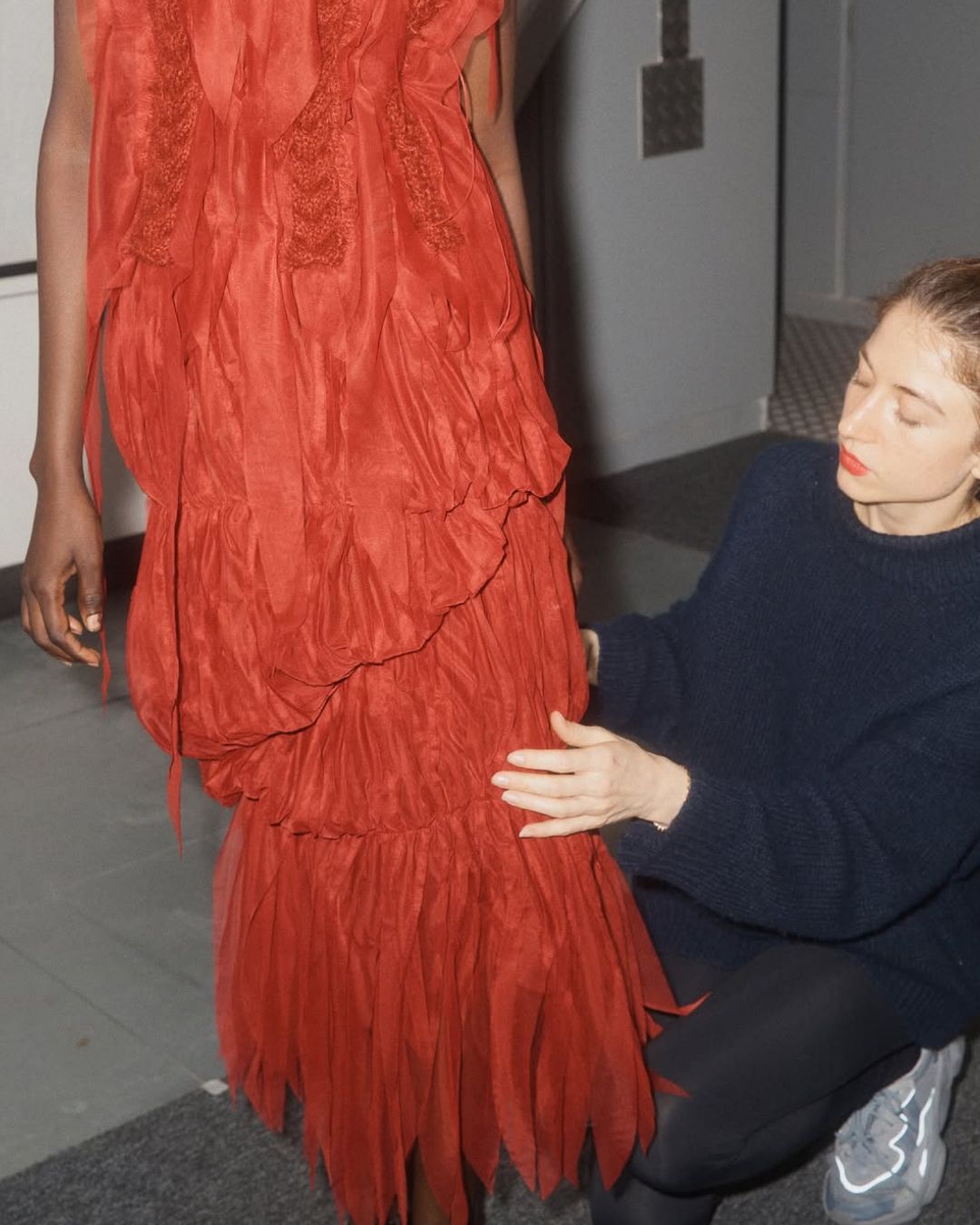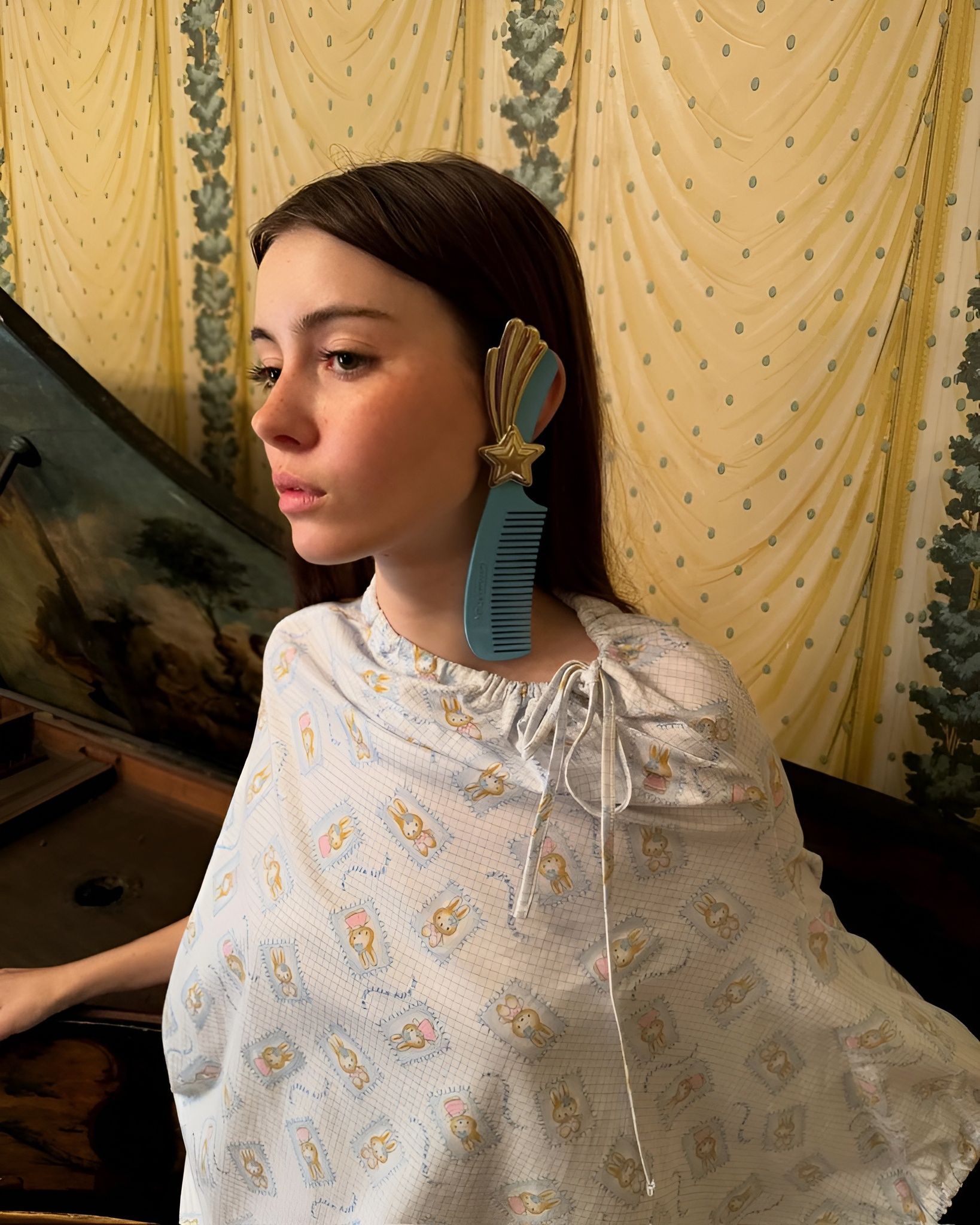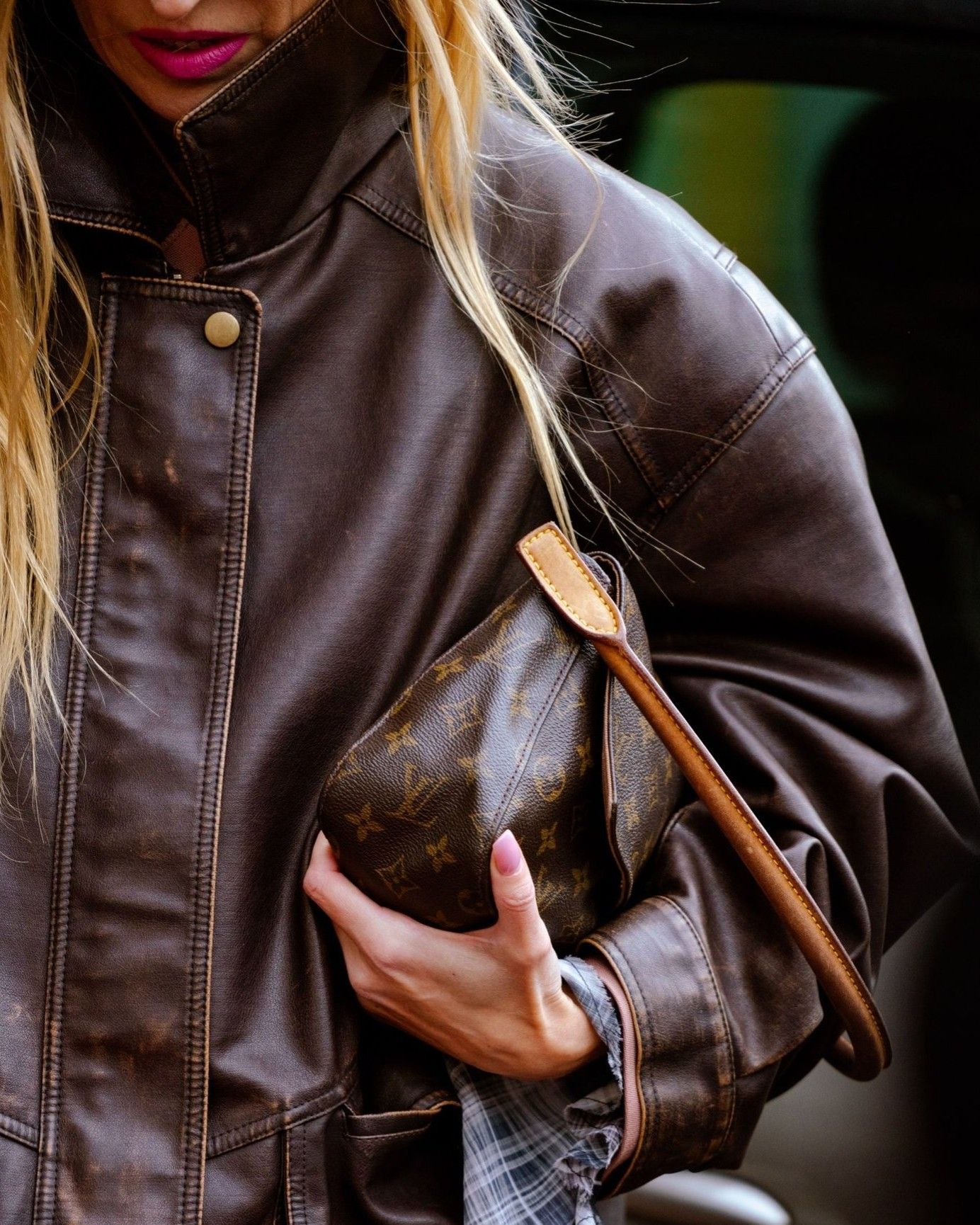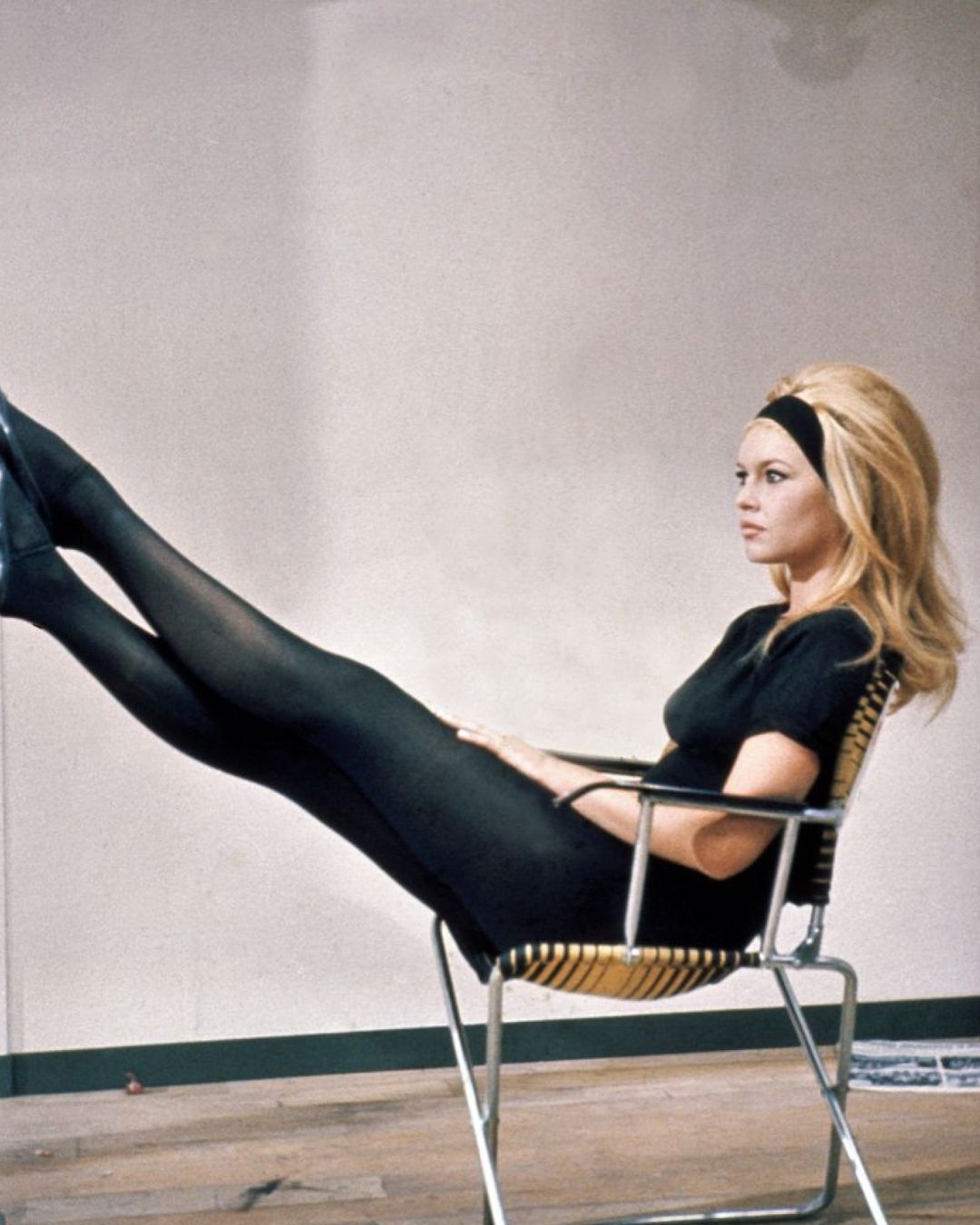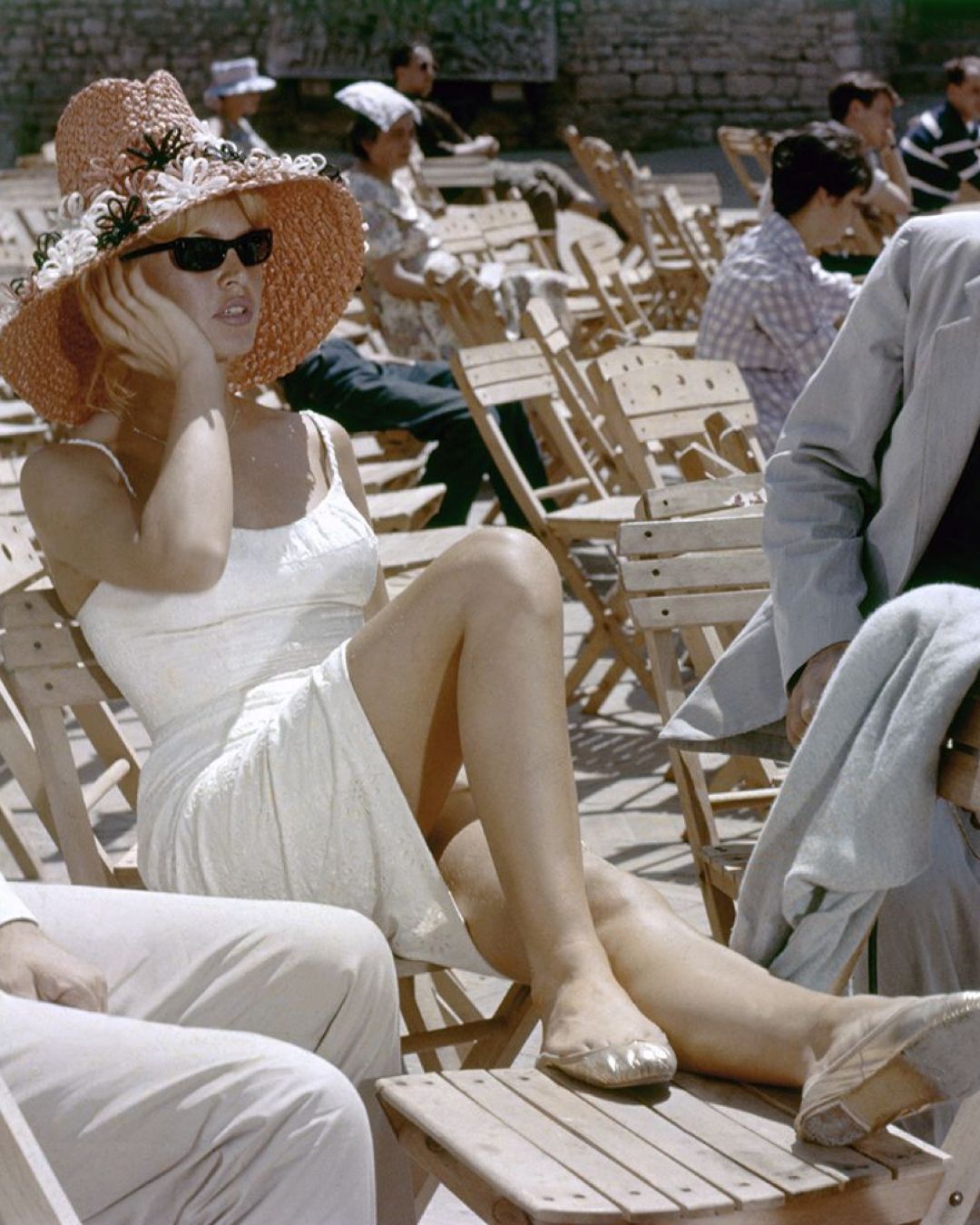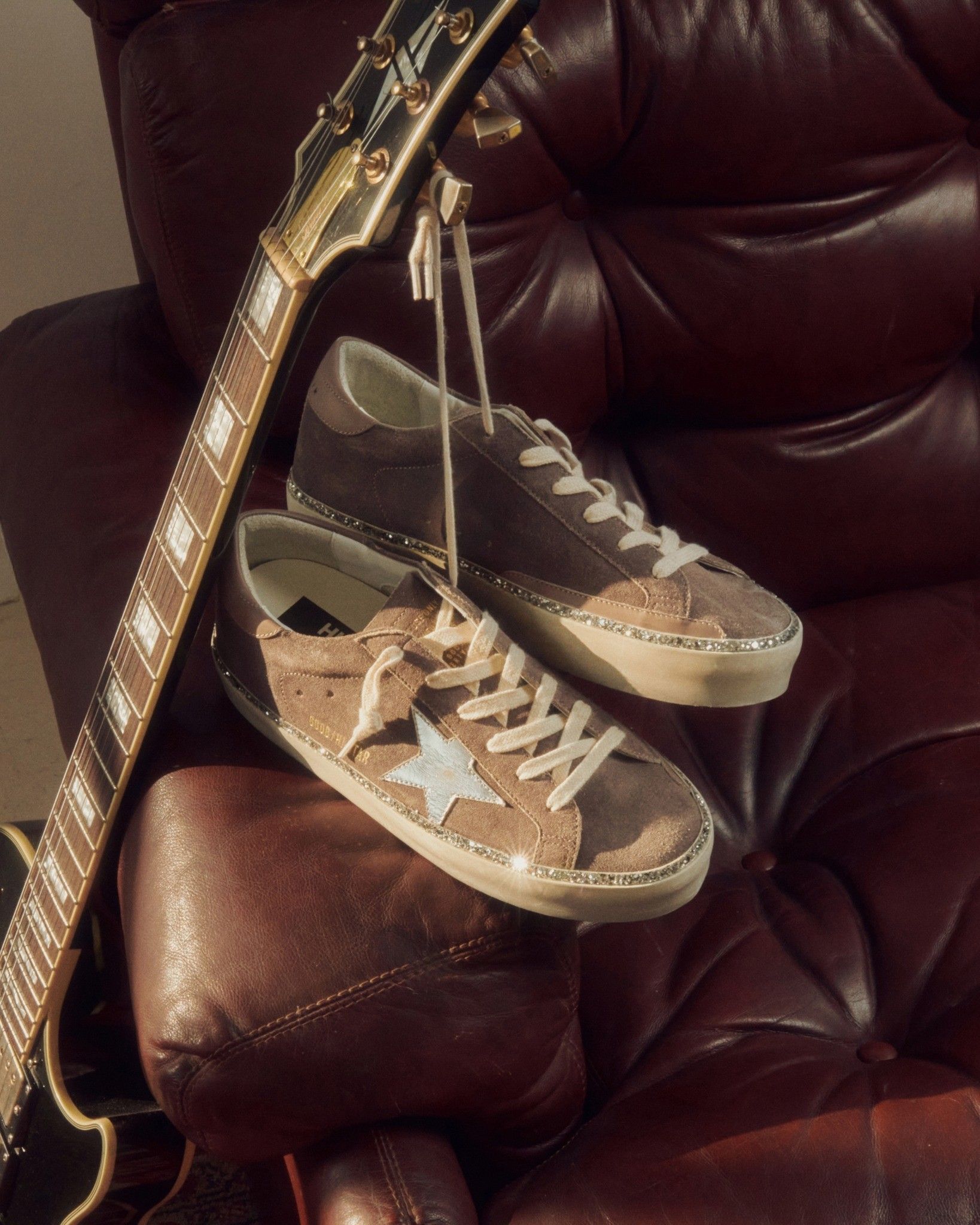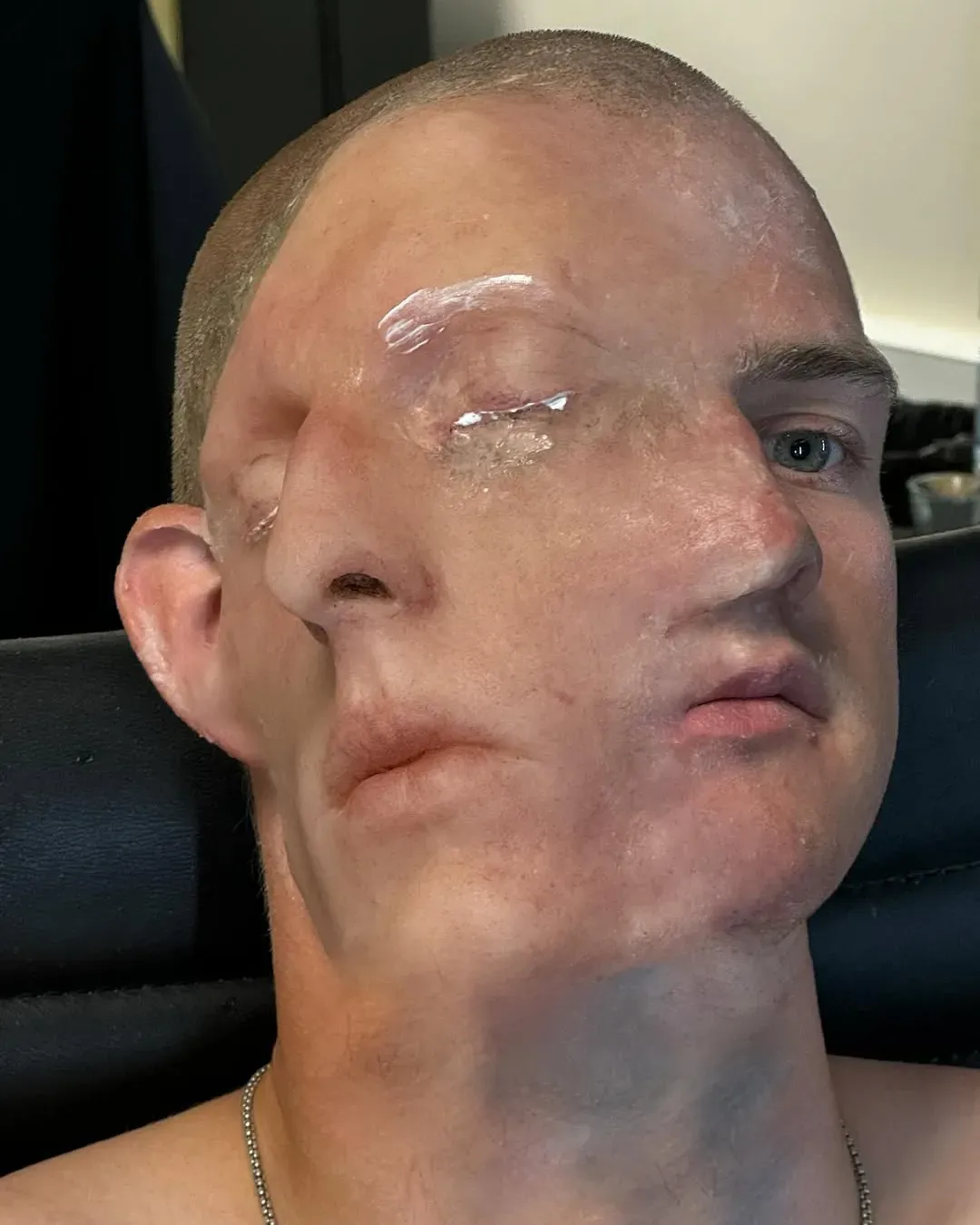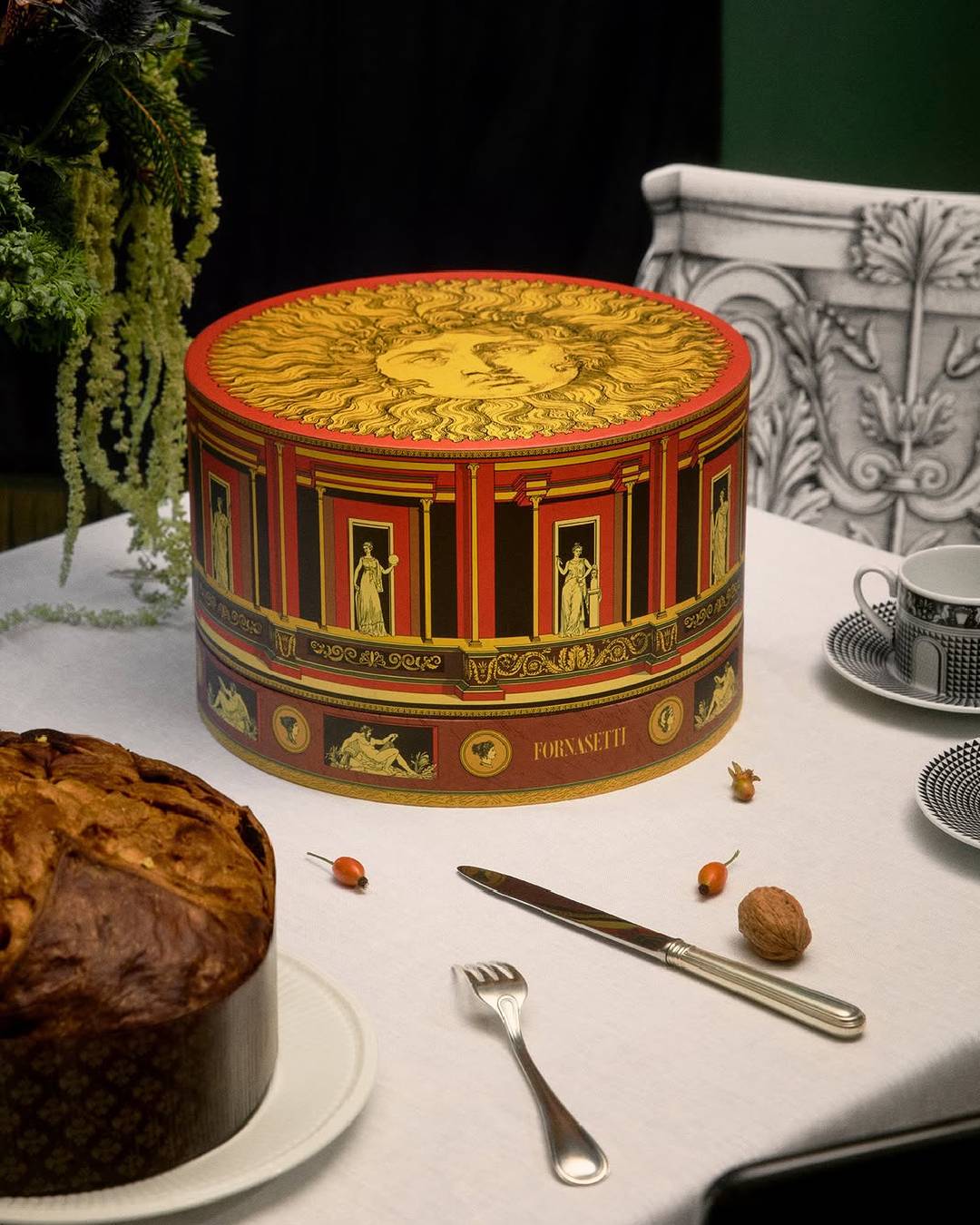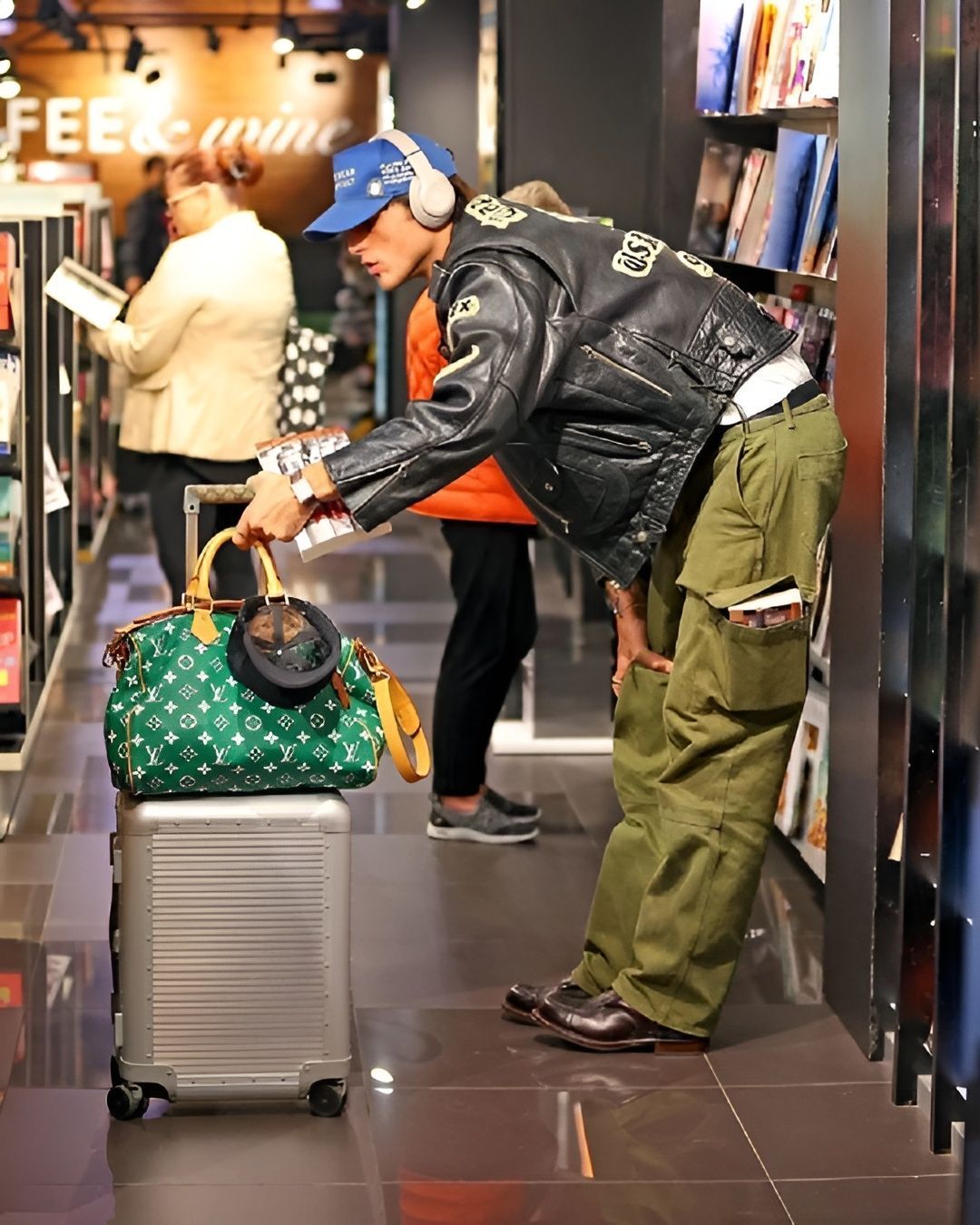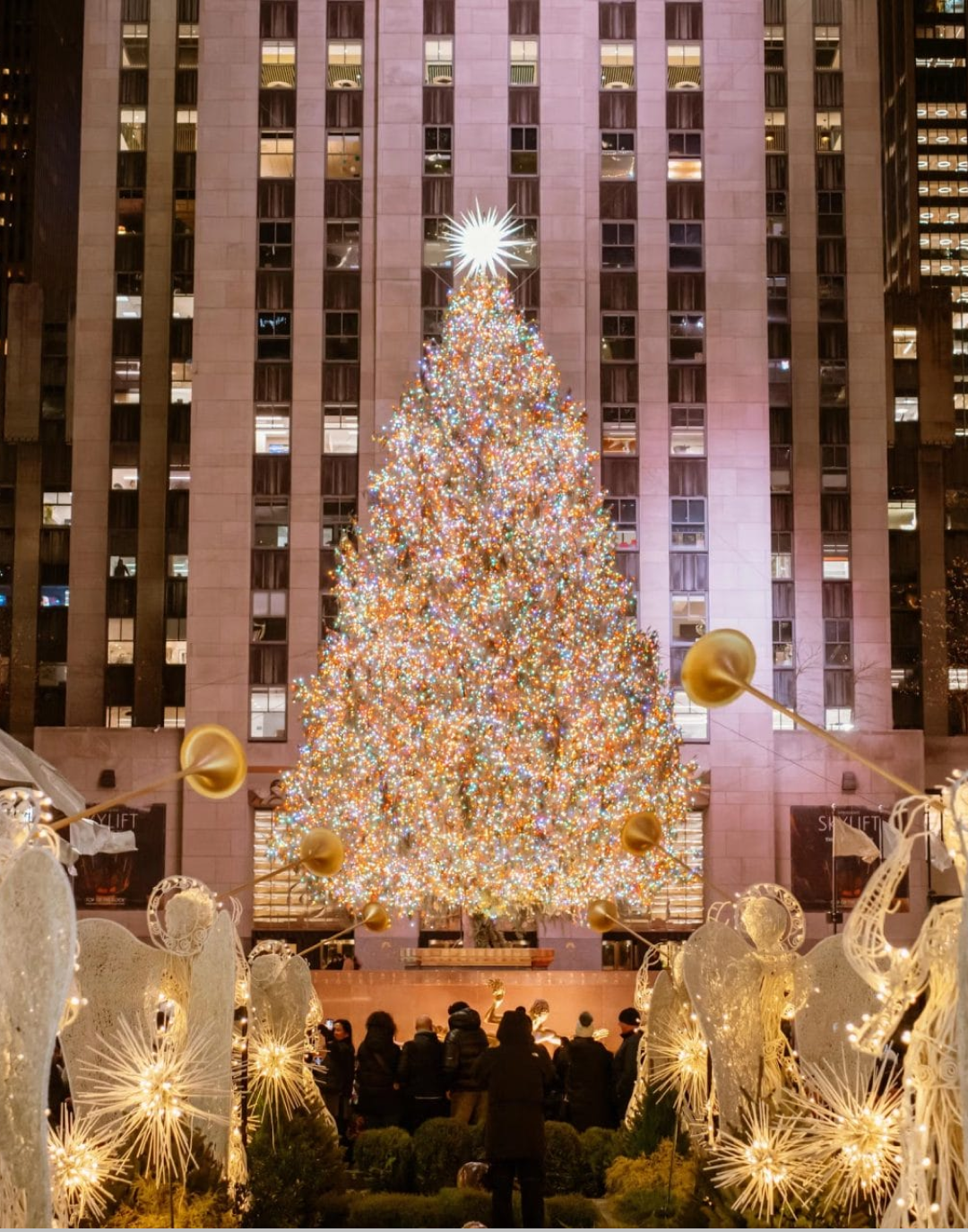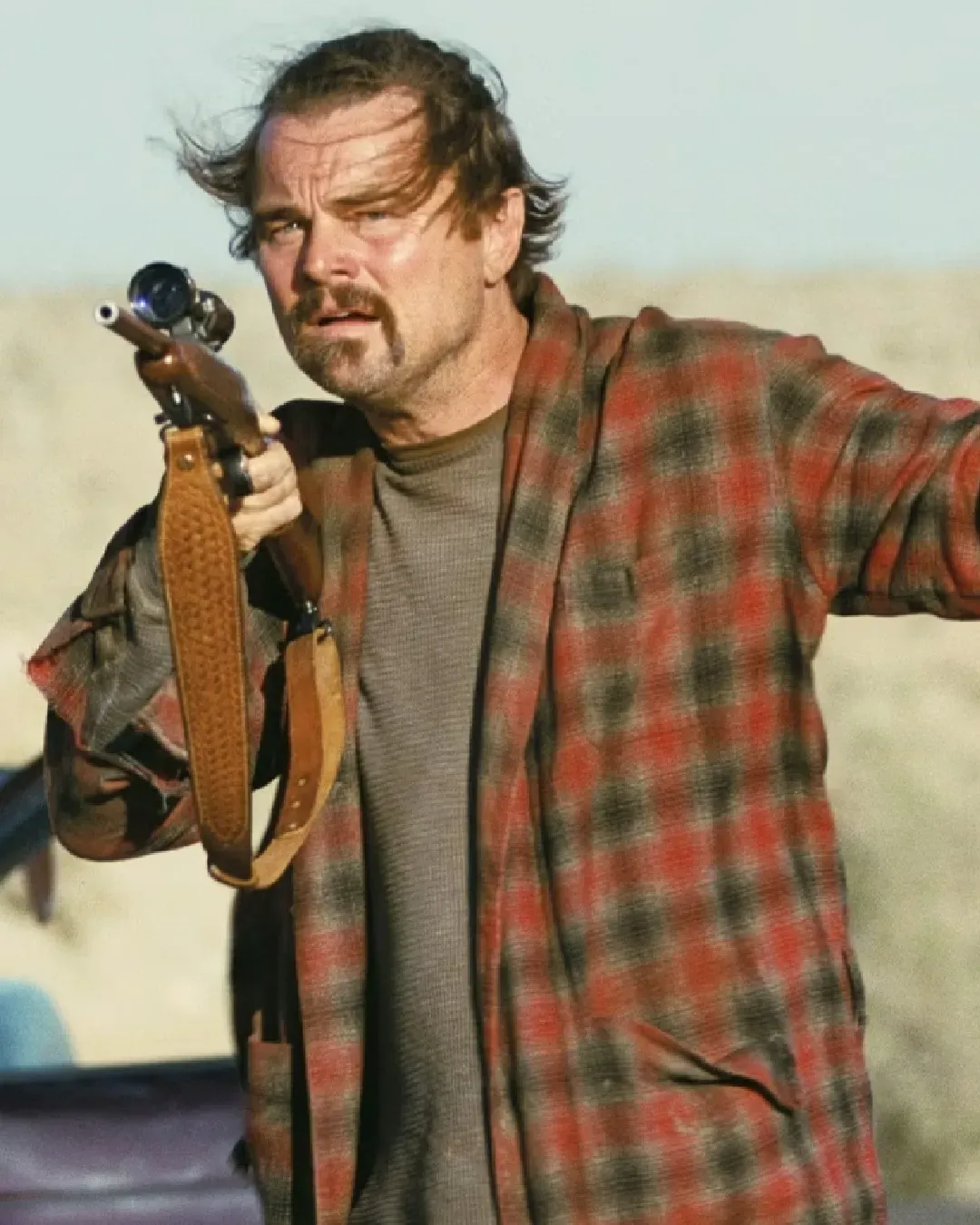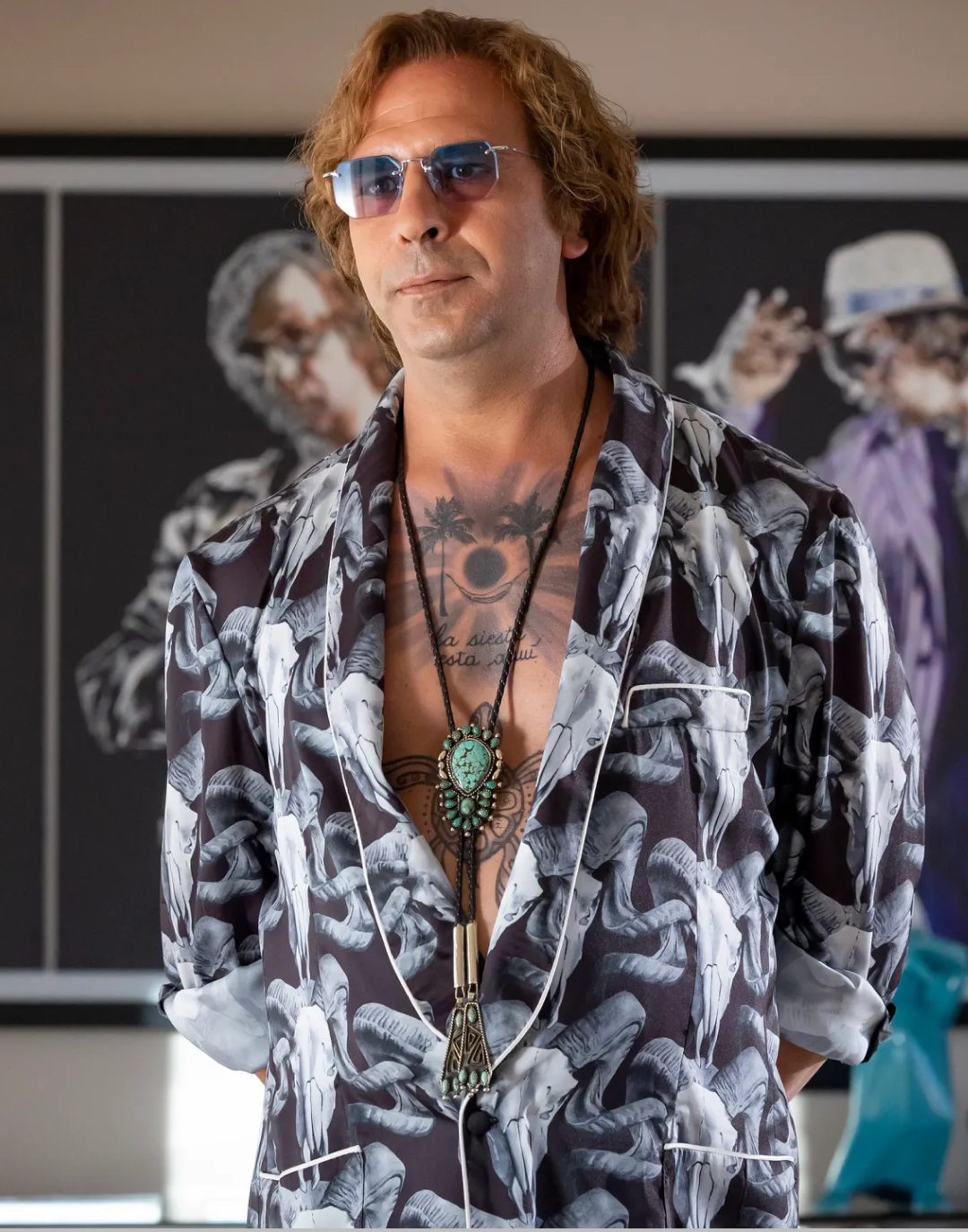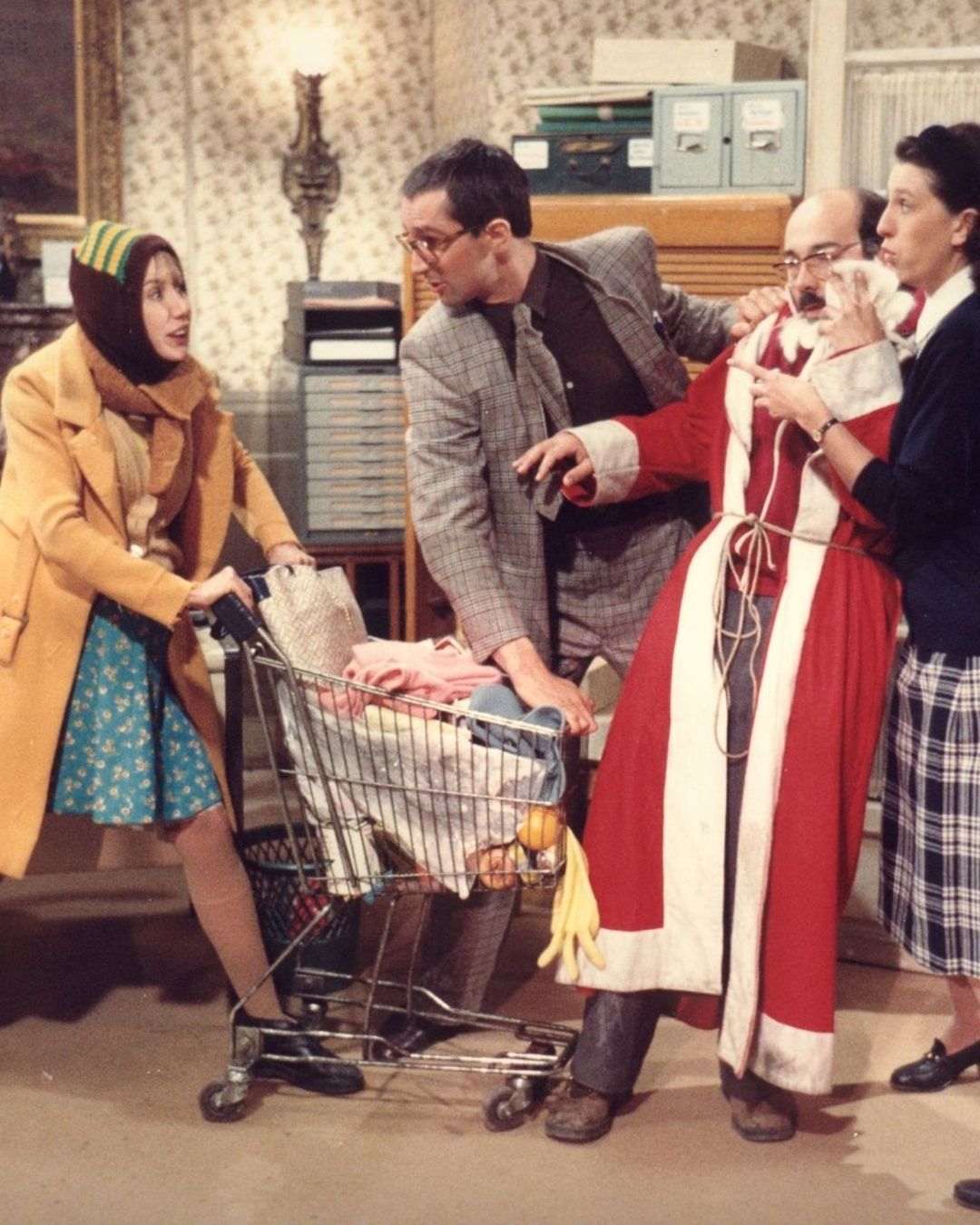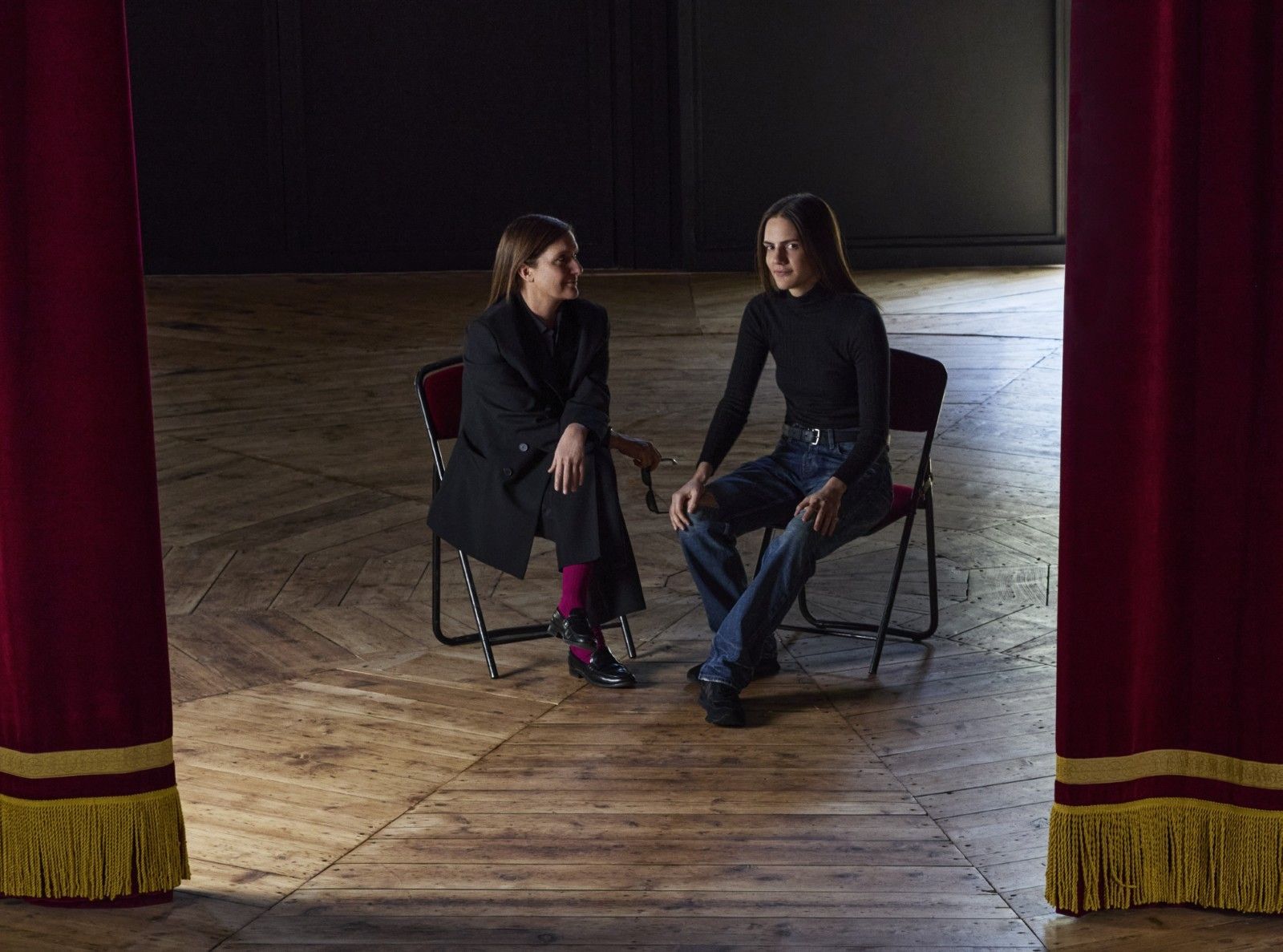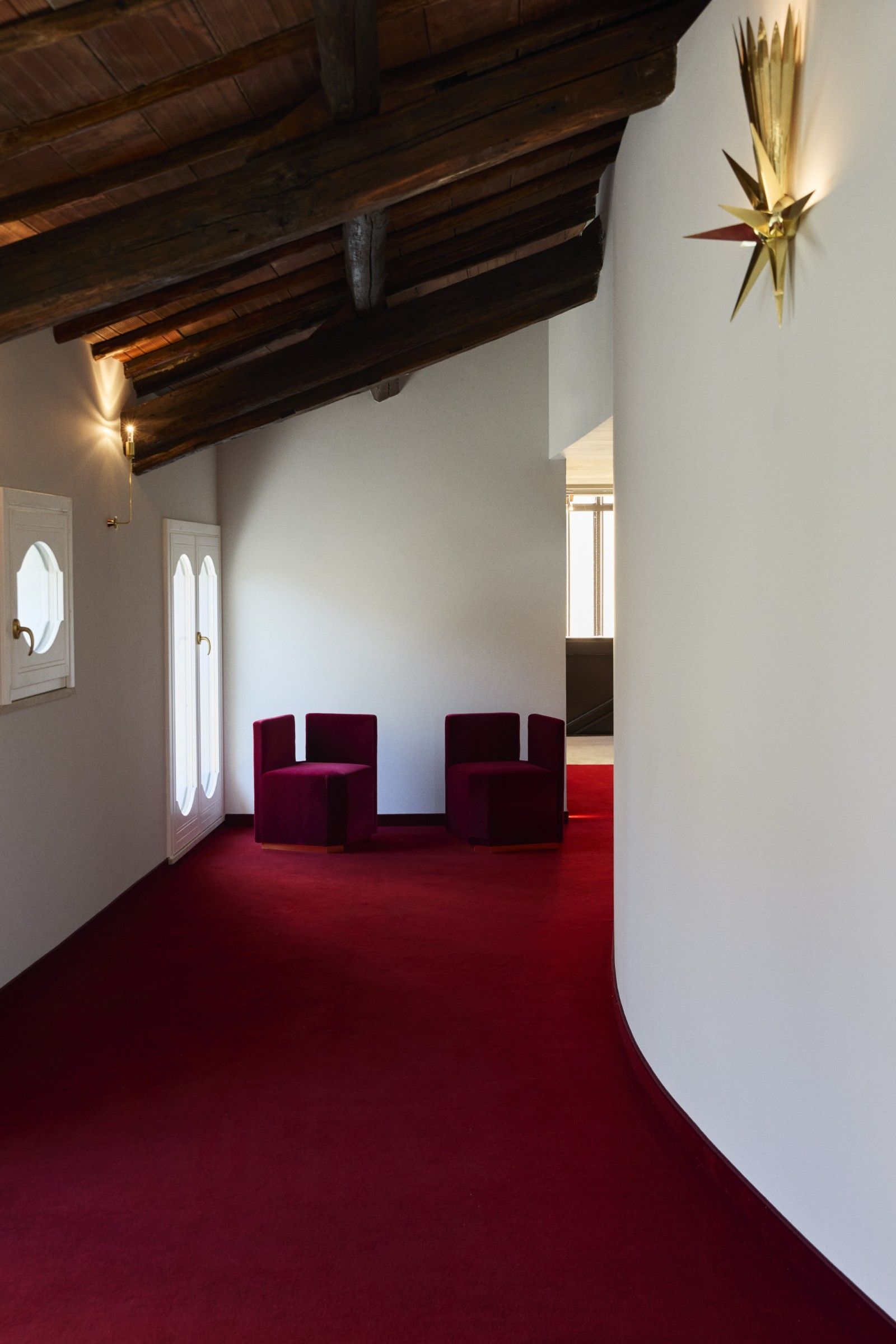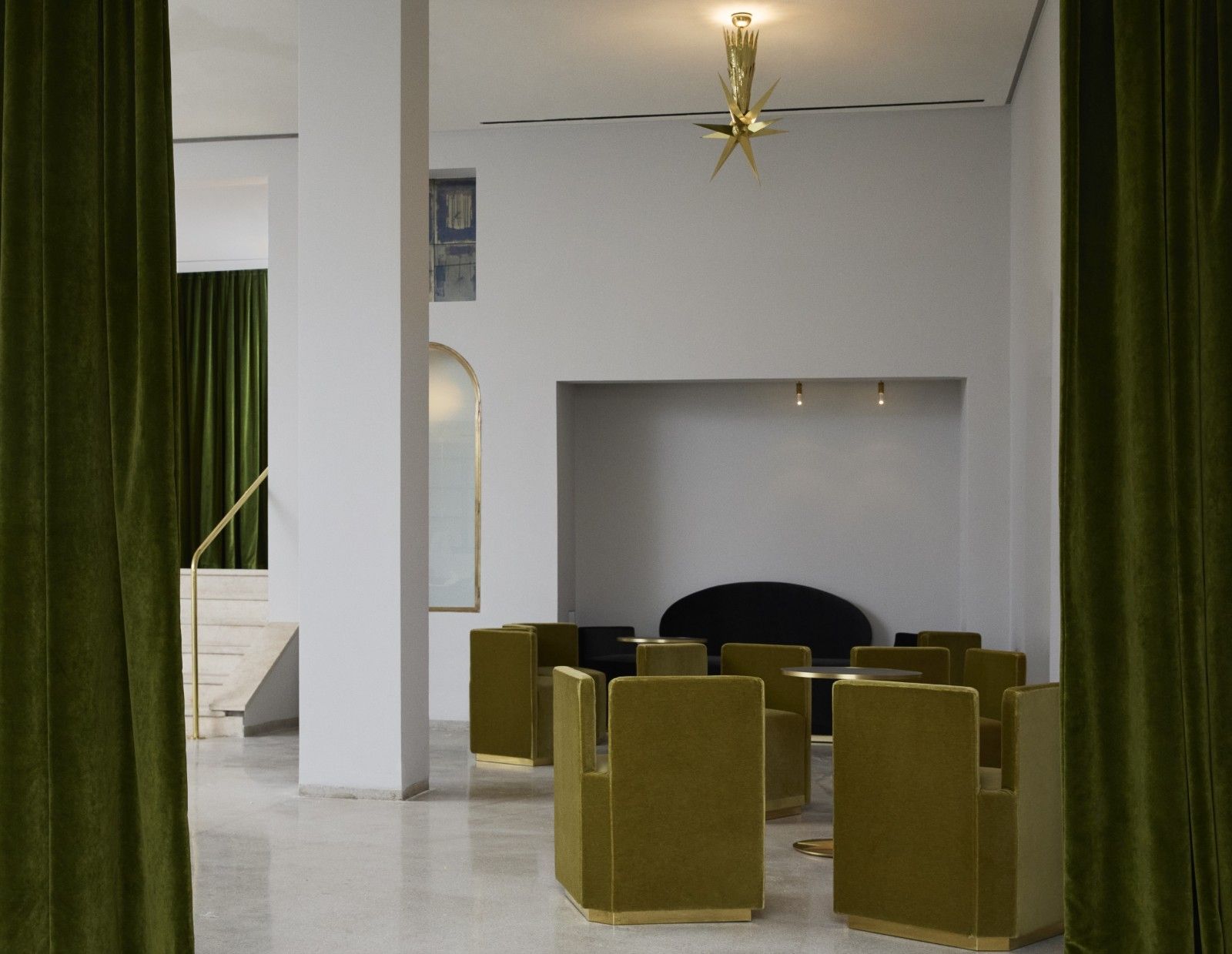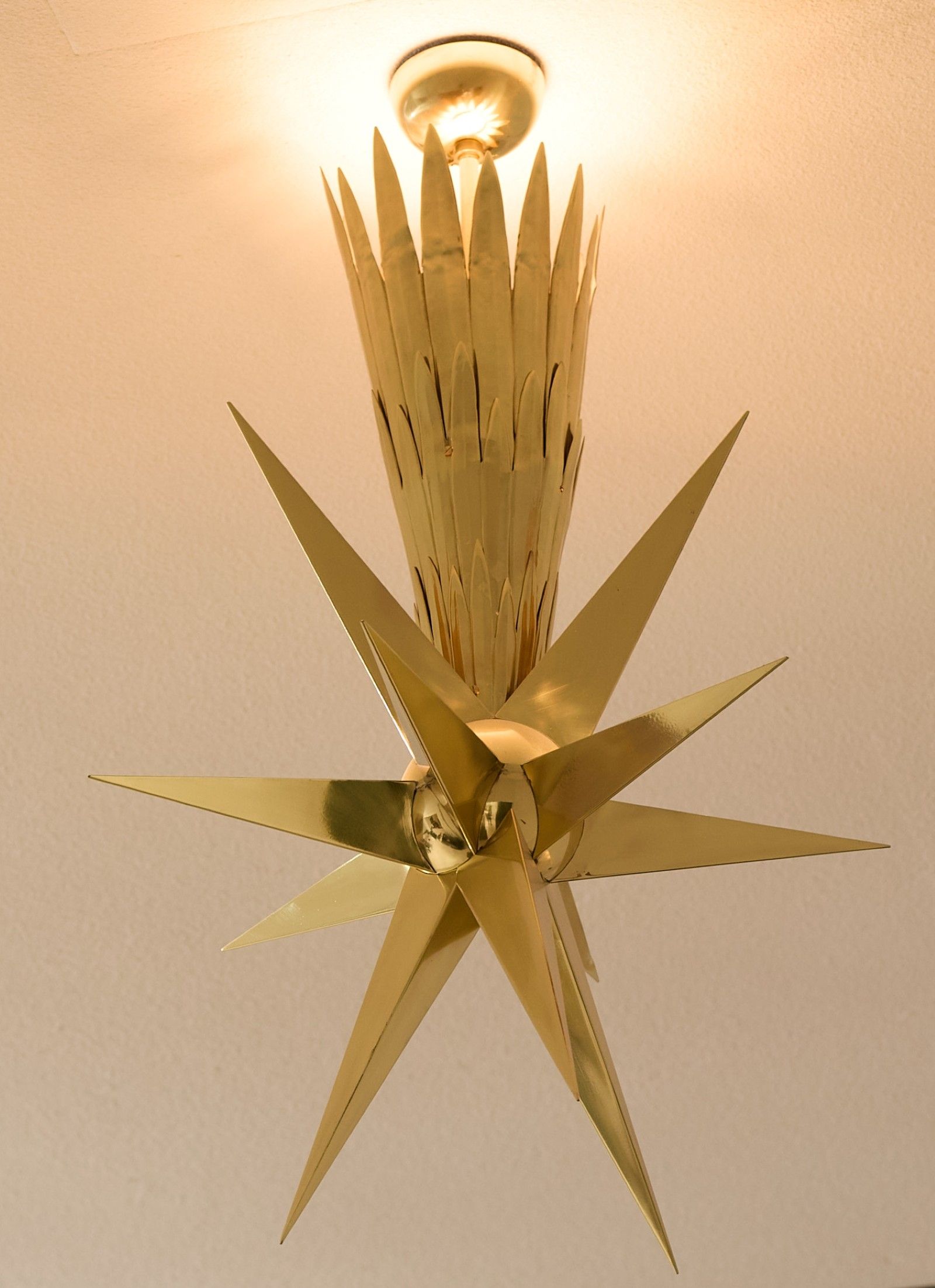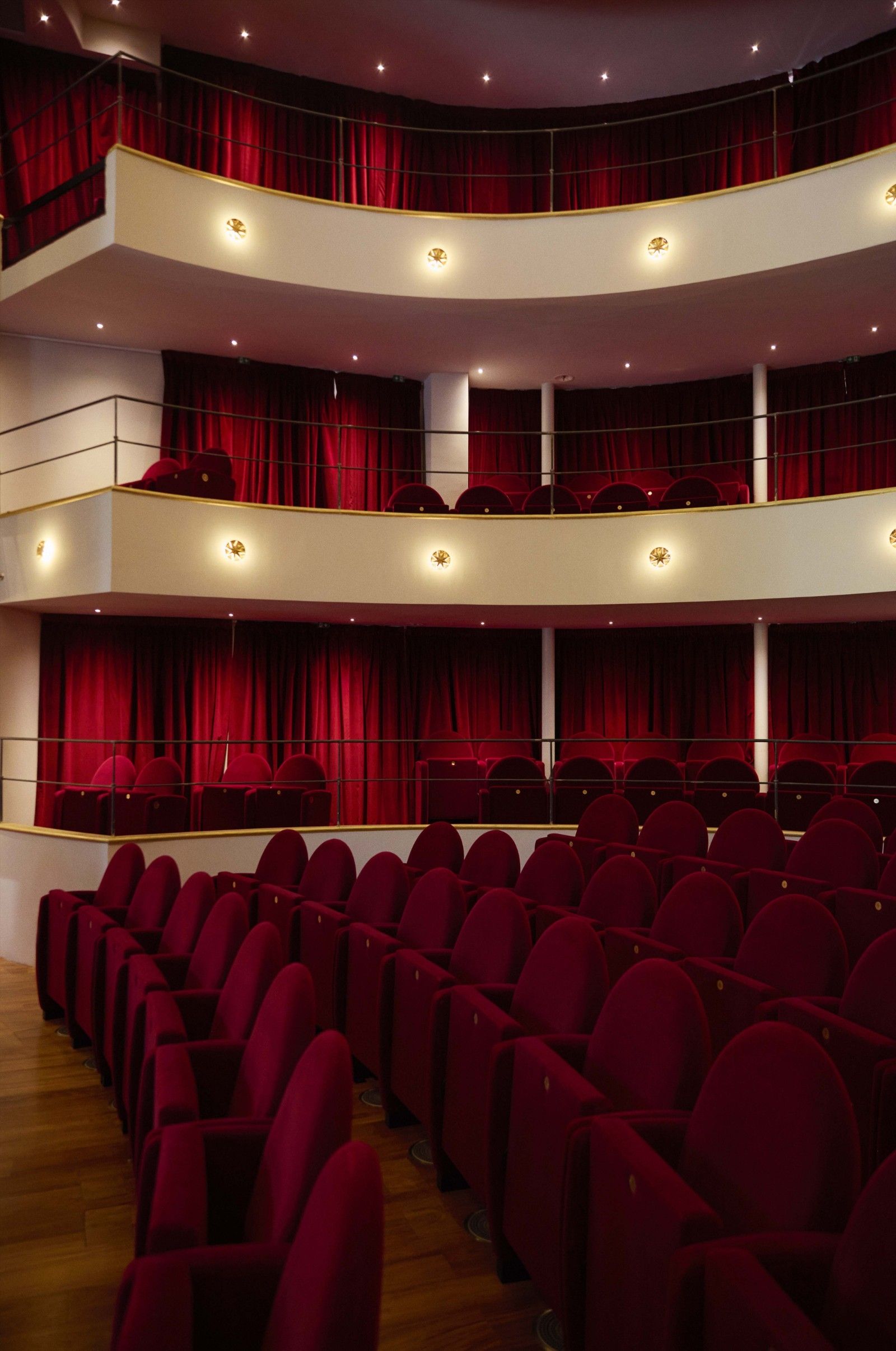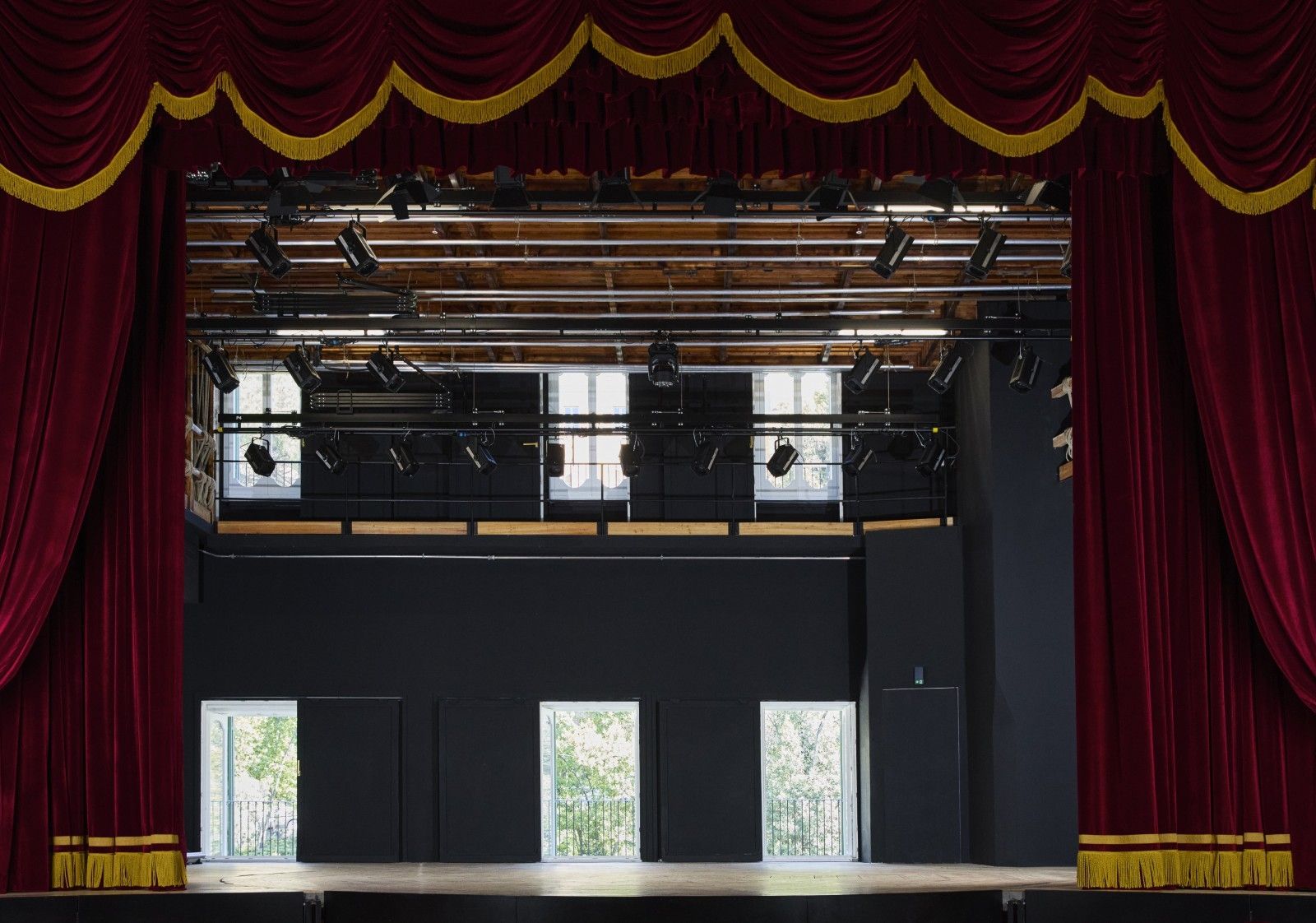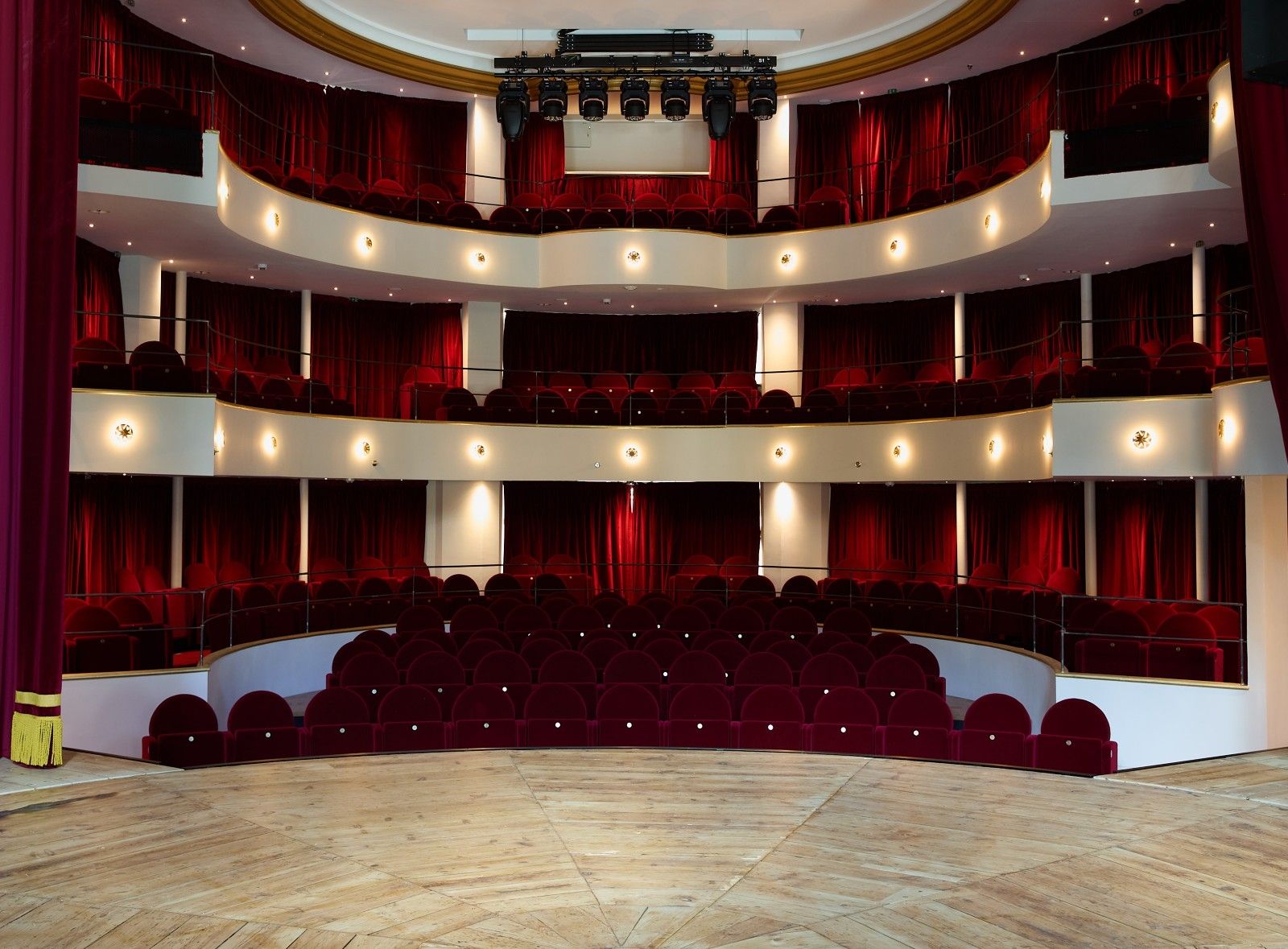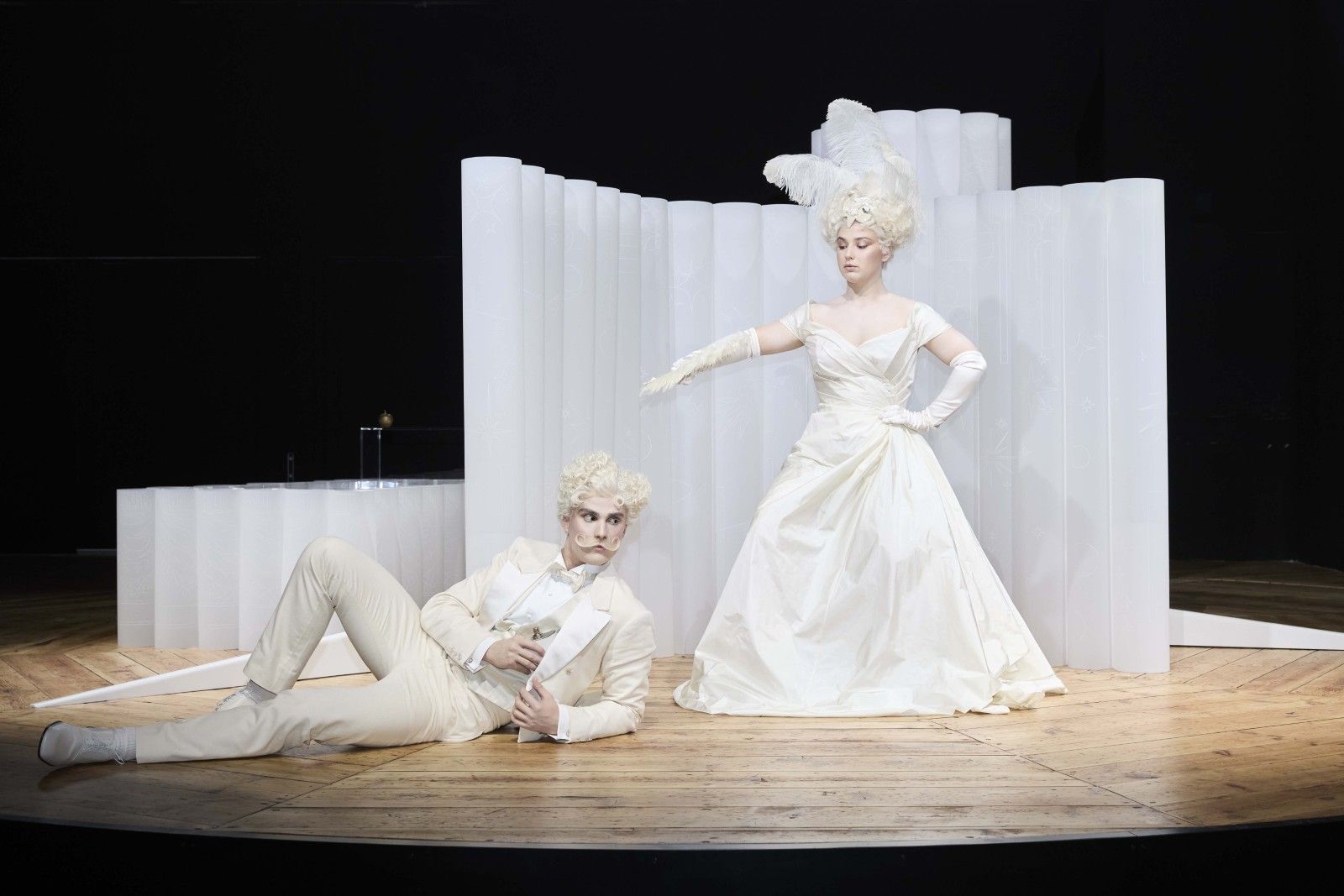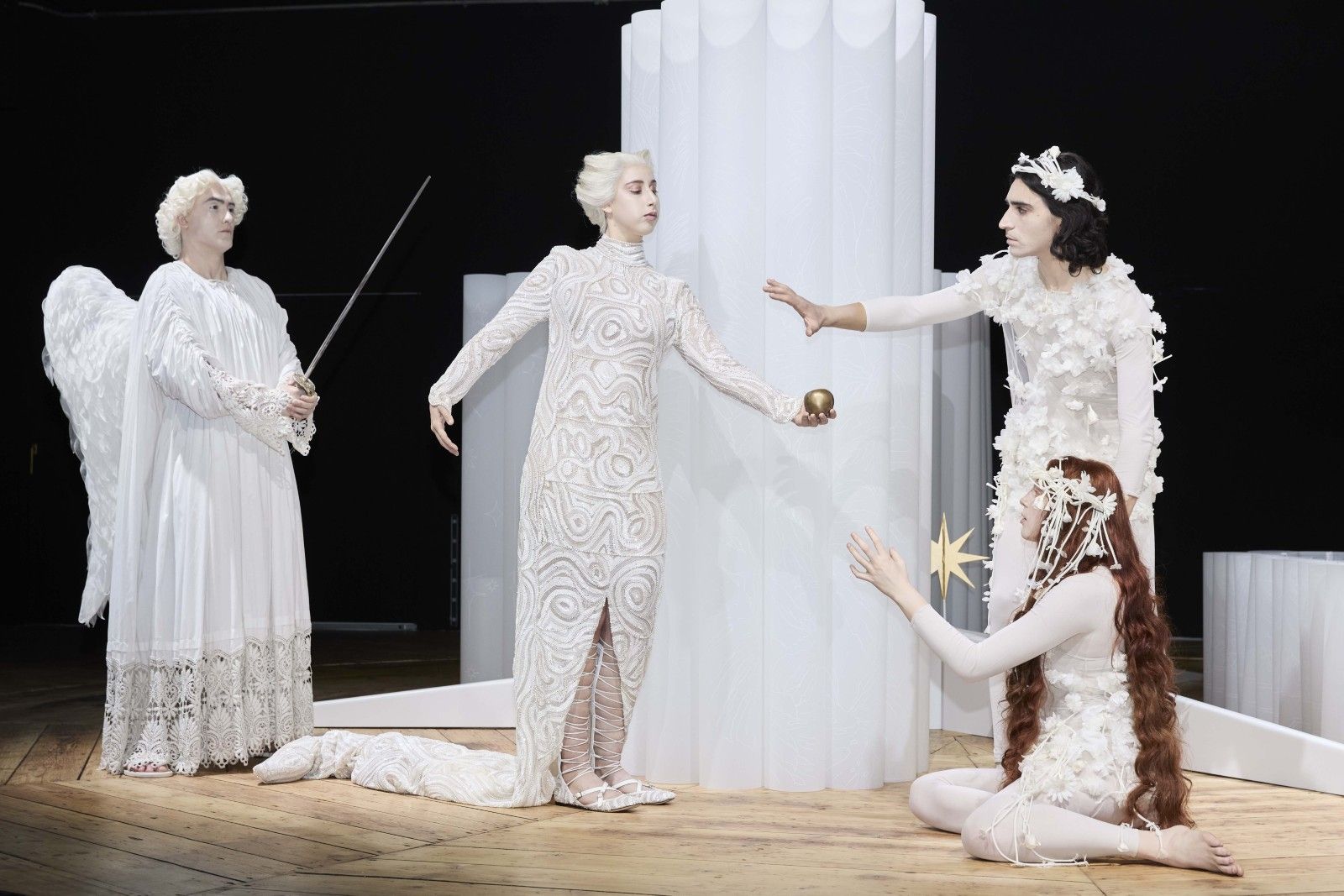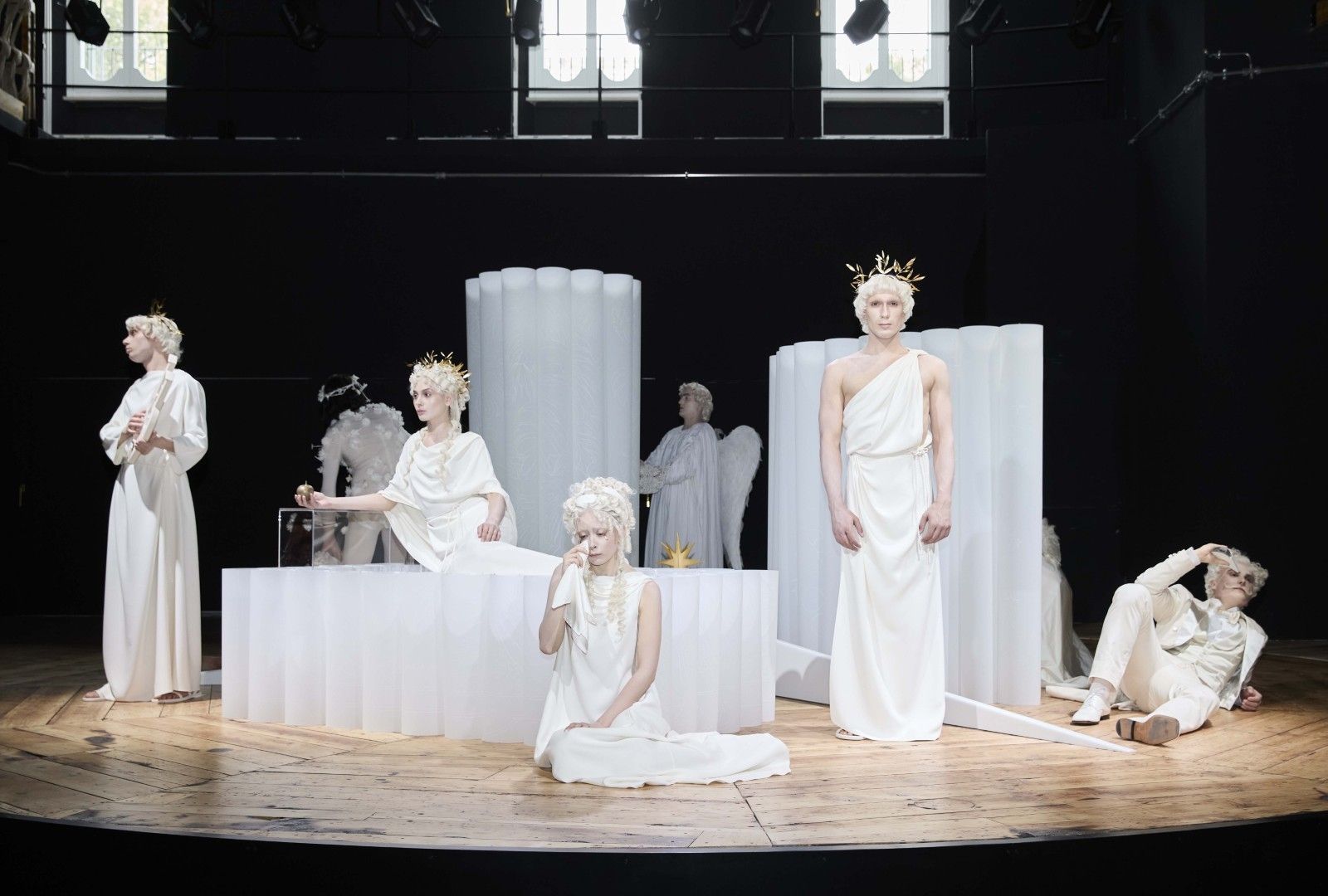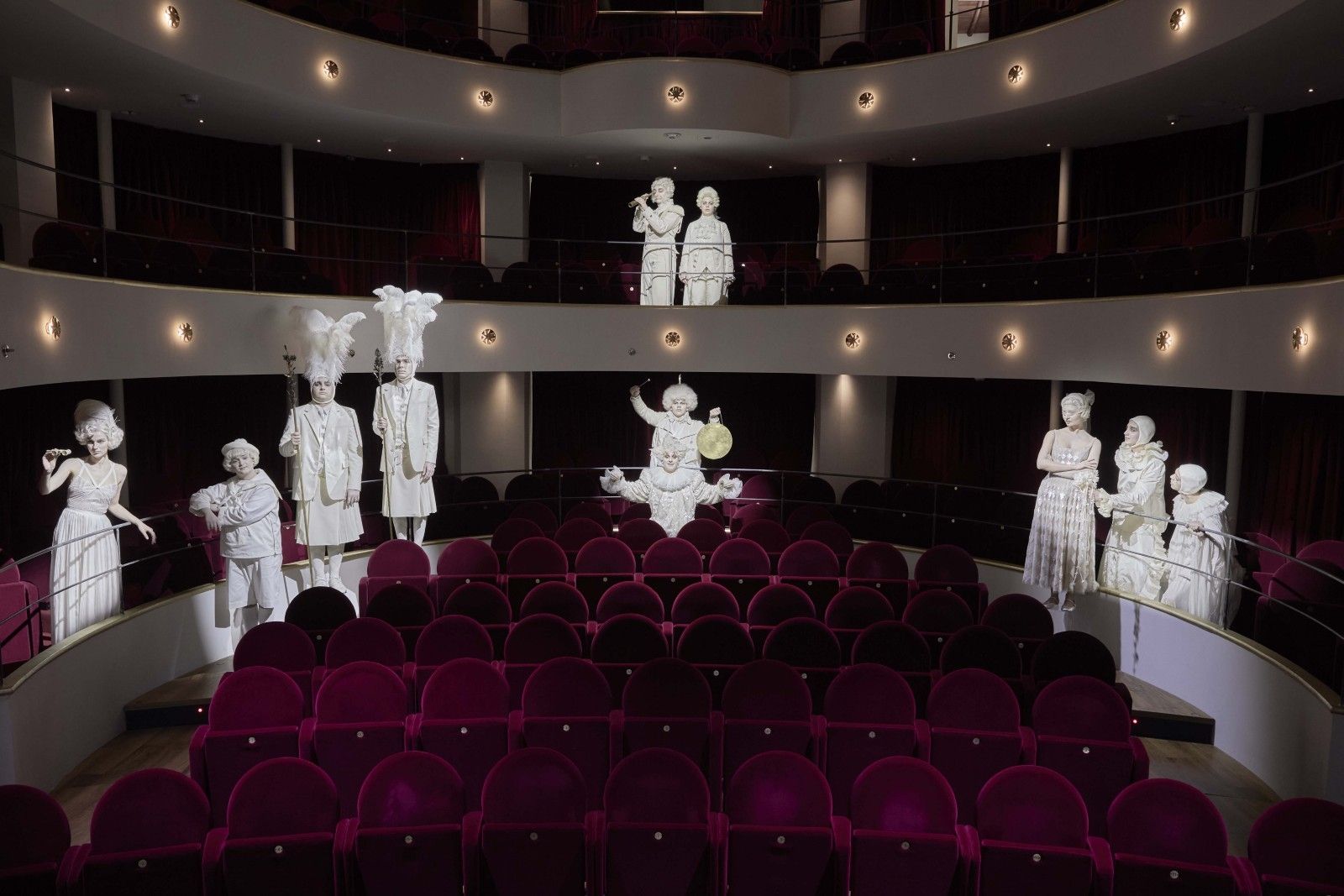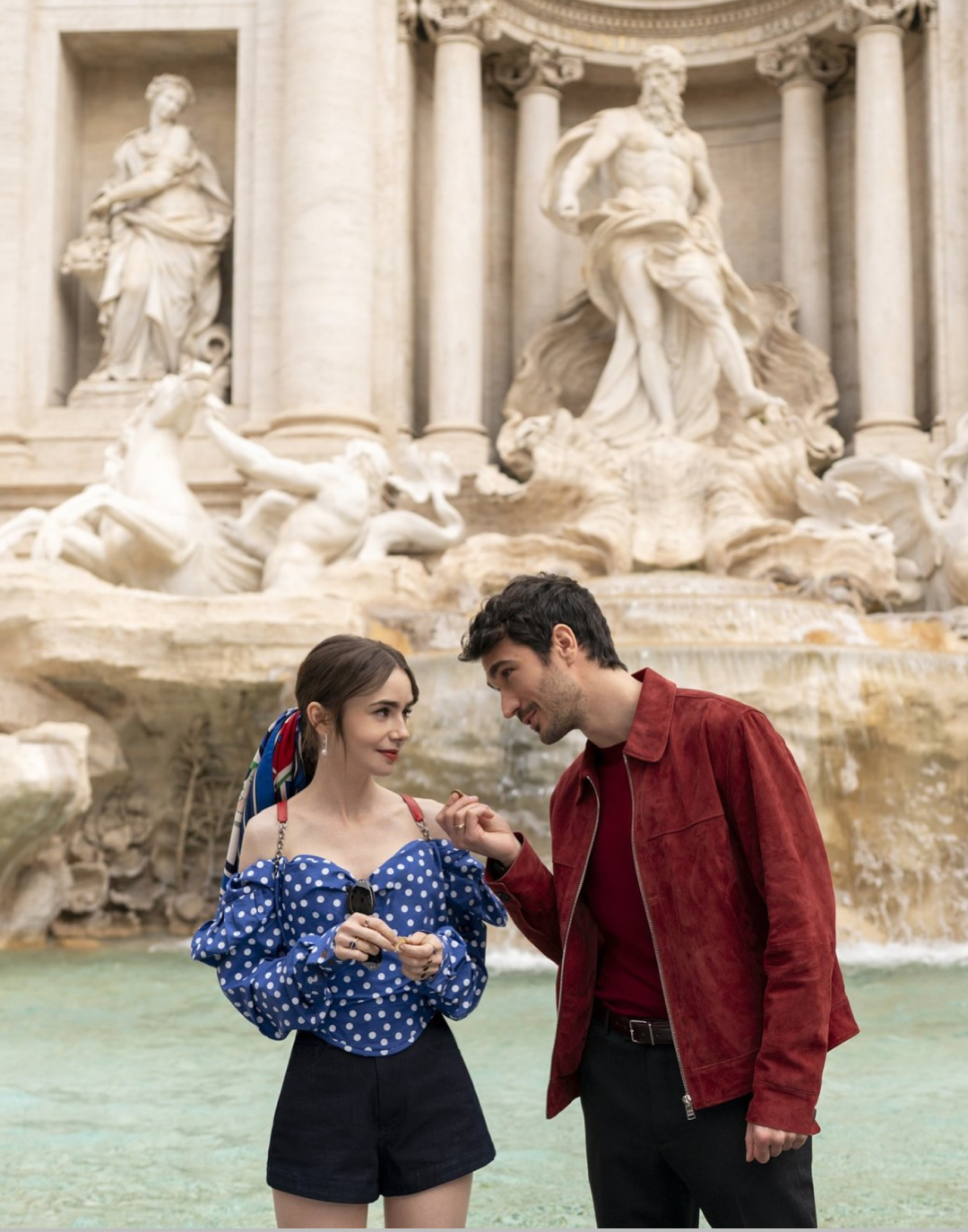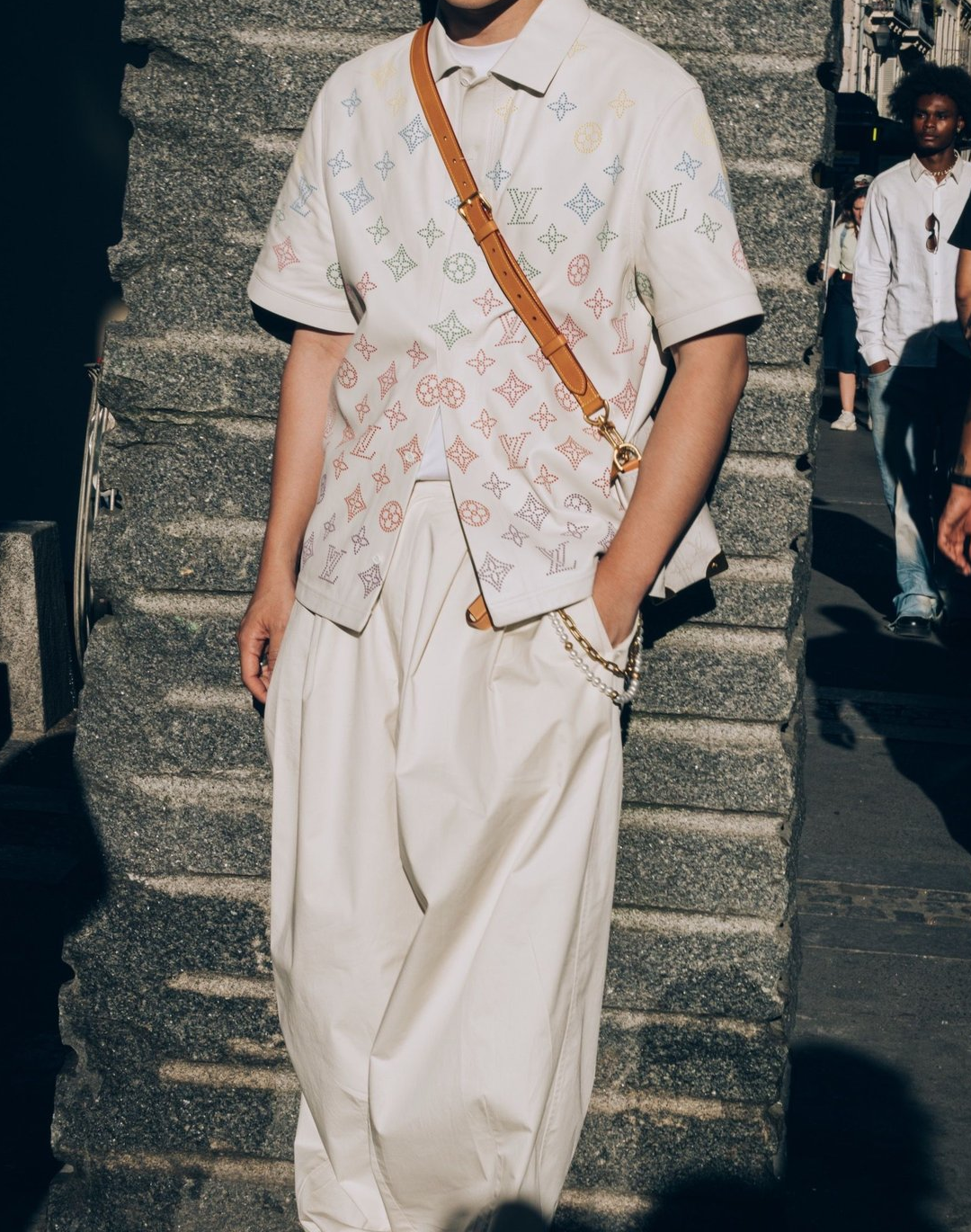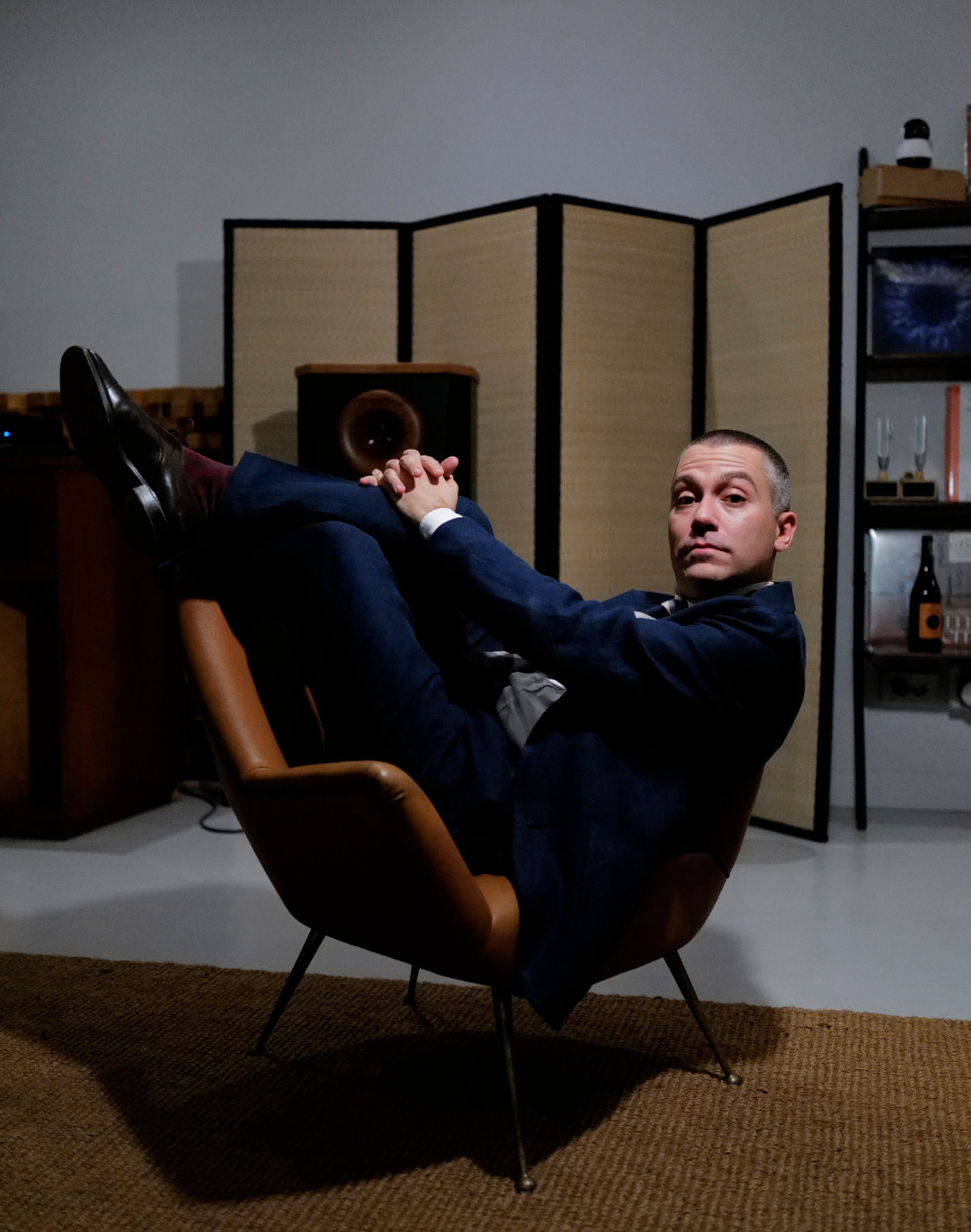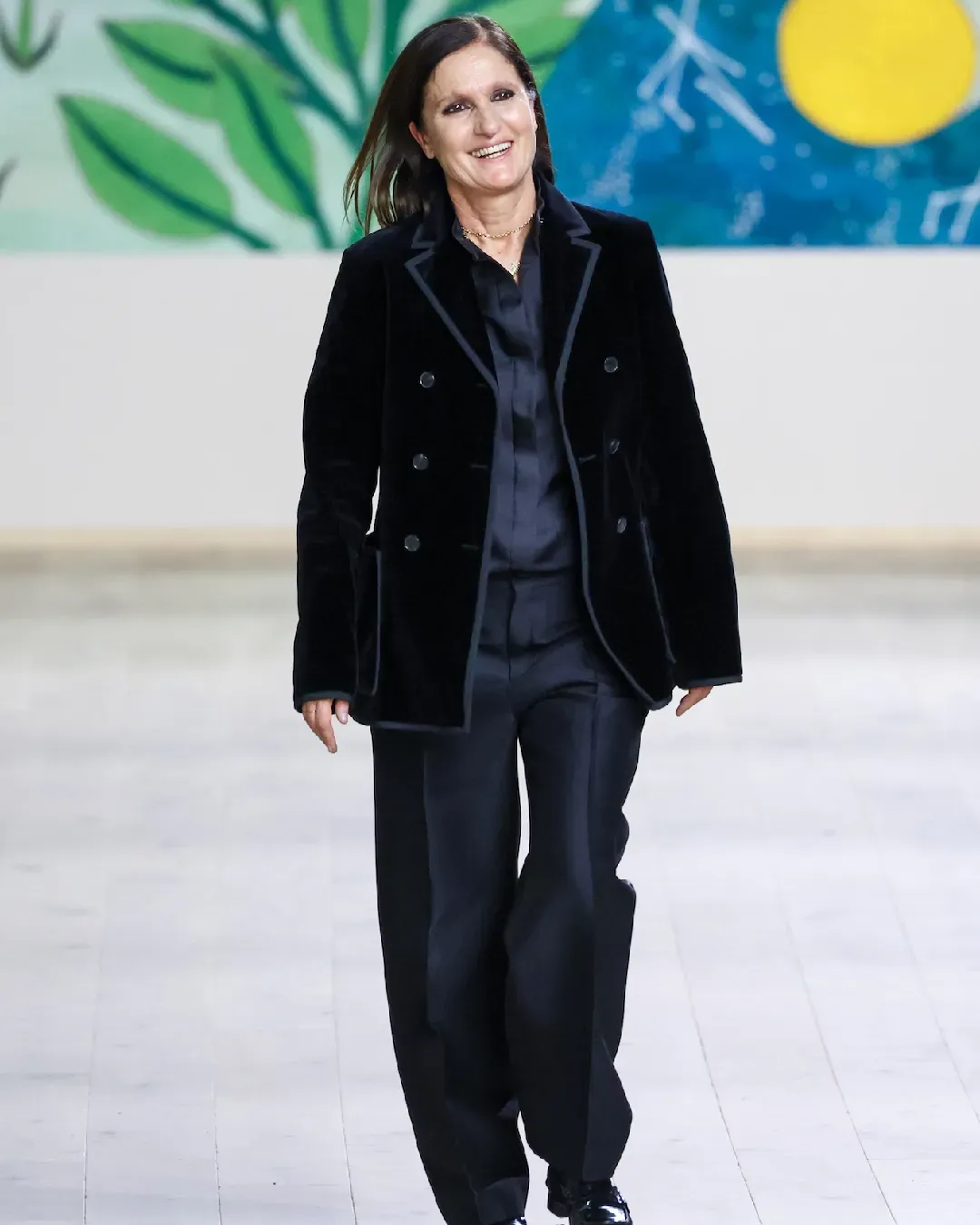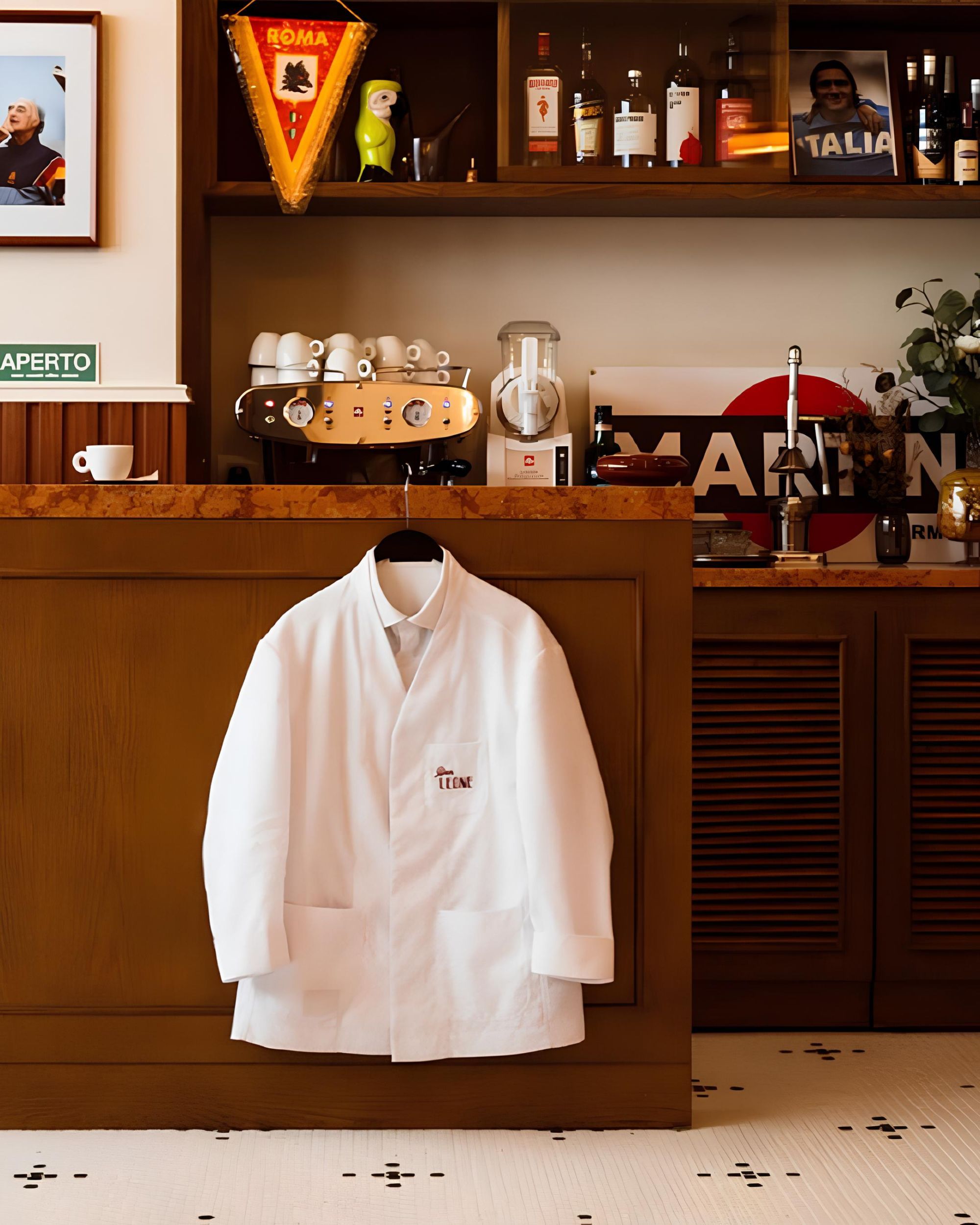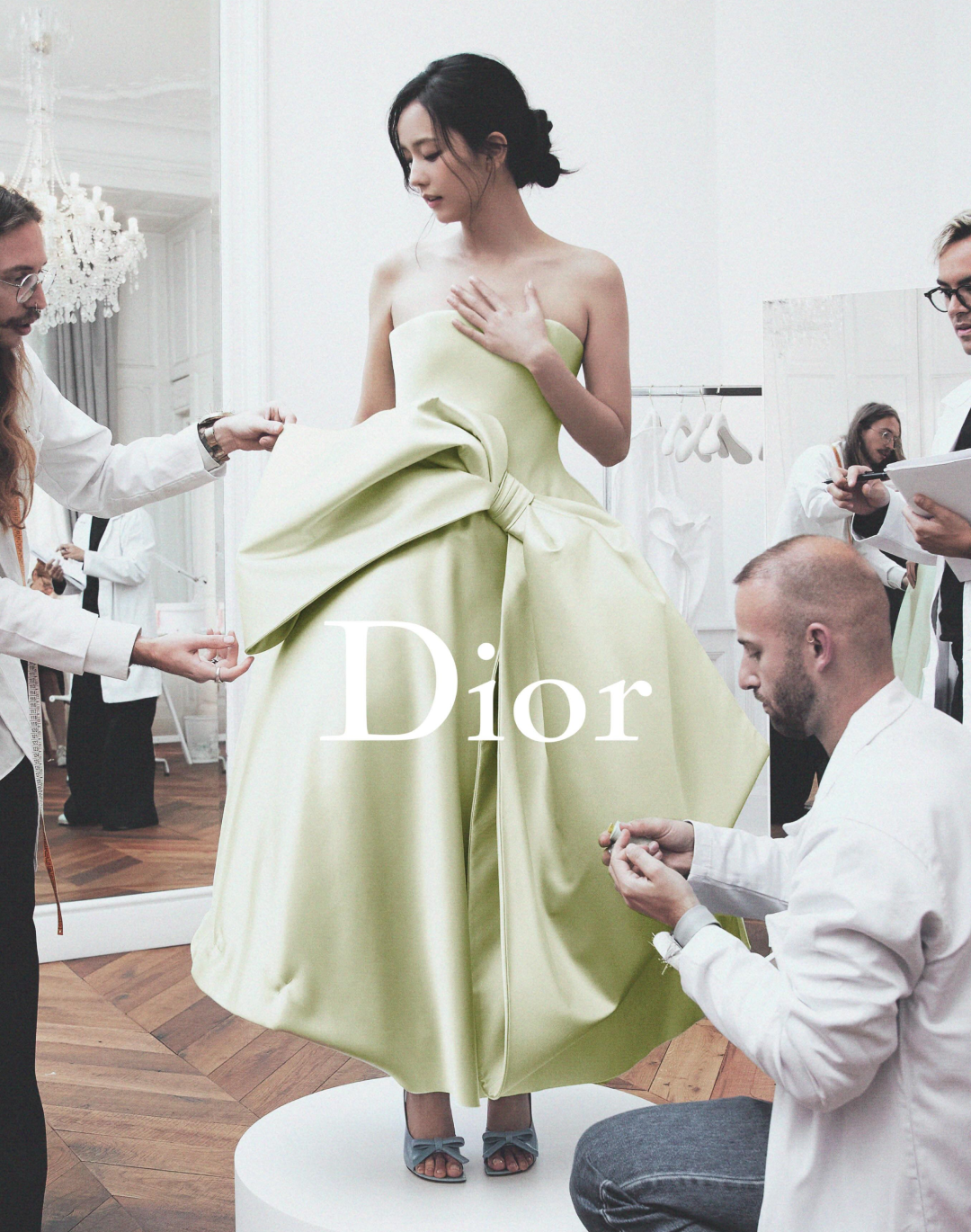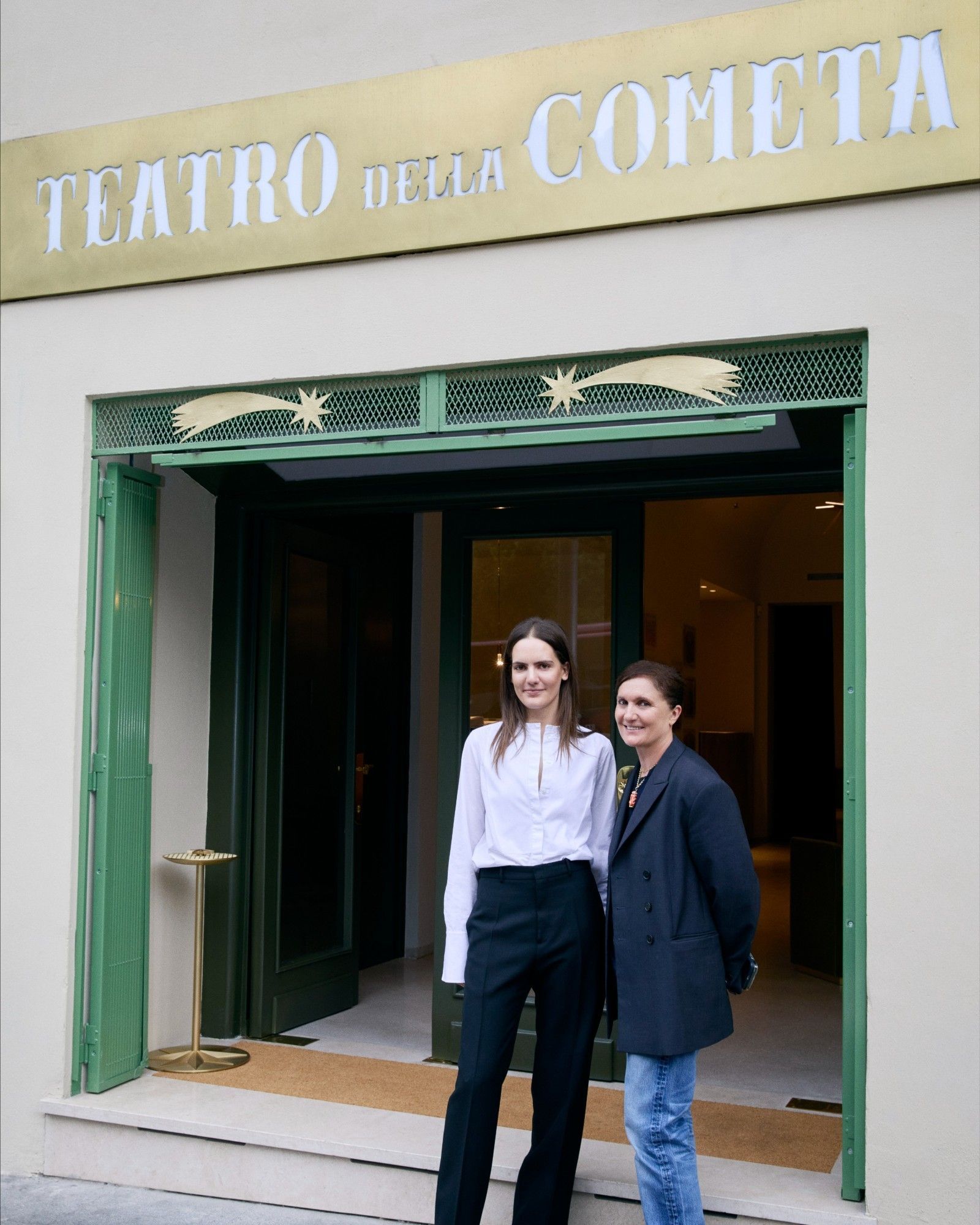
Inside the historic theater reopened in Rome by Maria Grazia Chiuri A new cultural hub for the city returning after five years
After five years of silence, the Teatro della Cometa will reopen its doors to the public, restoring one of Rome’s most important cultural spaces to the city. Responsible for the reopening is Maria Grazia Chiuri, who acquired the theatre in 2020, oversaw its restoration, and shaped its new cultural programming. Founded in 1958 by Anna Laetitia Pecci Blunt, known as Mimì, the theatre is reborn with a renewed identity yet firmly rooted in its history, reaffirming its multidisciplinary vocation and its ambition to be a place of experimentation and artistic dialogue. The reopening project aims to return the Teatro della Cometa to its role as a creative forge and cultural laboratory, in line with the legacy of its founder and patron. The programming, centered on theatrical prose, will be enriched with cross-disciplinary paths that include dance, music, performance, international festivals, and artist residencies—all projects that Chiuri has explored during her years at Dior. The goal is to welcome original works and contemporary dramaturgies, offering a vibrant space for innovative languages and intercultural dialogue. A theatre, therefore, that positions itself as a crossroads of local and international experiences, capable of blending memory and future, reflection and imagination.
For the opening event, held last Monday, the public was invited to explore the theatre through an immersive exhibition path that combined archive and performance, memory and vision: from the foyer to the galleries, through the stage, along a route inhabited by tableaux vivants—poetic evocations inspired by the Cometa’s history and the figure of Mimì Pecci Blunt. The performances, directed by Lorenzo Salveti, blended with the spaces designed by architect Tomaso Buzzi, who in 1956 shaped the theatrical dream of the Pecci Blunt couple, inspired by antique court theatres—intimate and elegant. The exhibition curated by Maria Alicata offered an in-depth look into the world of the Cometa and its founder through original archival materials: drawings, photographs, letters, posters, playbills, and visual documents that recount the dense web of intellectual relationships woven by Mimì. Also on display were family photo albums featuring shots by iconic authors such as Man Ray, Edward Steichen, and Slim Aarons, along with photographs from the historic 1958 inauguration attended by prominent figures of Italian culture, including Palma Bucarelli.
The entire experience was conceived as a journey through the traces left by time, where scenic presences guide the public in a weave of history and fiction. The tableaux vivants reinterpret legendary moments of Mimì’s artistic life, such as the famous Bal Blanc of 1930 in Paris, or the dreamlike stage designs of Villa Reale di Marlia, with performances that blend the grotesque and the elegant. On the theatre’s revolving stage, within the sets designed by Pietro Ruffo, these visions came to life, animated by performers wearing costumes reimagined by Maria Luisa Frisa and crafted by the Tirelli tailoring house, with makeup and wigs designed by Francesco Pegoretti. The color white dominates as an aesthetic and symbolic fil rouge: the color of origin and transformation, of the canvas and suspended time. Accompanying the visual experience was a soundscape composed by Paolo Buonvino and performed by the Roma Sinfonietta orchestra, conducted by Luigi Lanzillotta and featuring music by Stravinsky and Ravel, already part of the theatre’s historical repertoire. Looking ahead, established professionals and young talents will collaborate on intergenerational projects, promoting new languages and unprecedented visions. The public program, structured in workshops, talks, residencies, and conversations, will complete the cultural offering, fostering ongoing dialogue with the city and its communities. By reopening its doors, the Teatro della Cometa does not merely reclaim its history—it renews the challenge of culture as a form of life, dialogue, and experimentation.


